Viagem Brazil: An ode to the Maracana, and its place in history
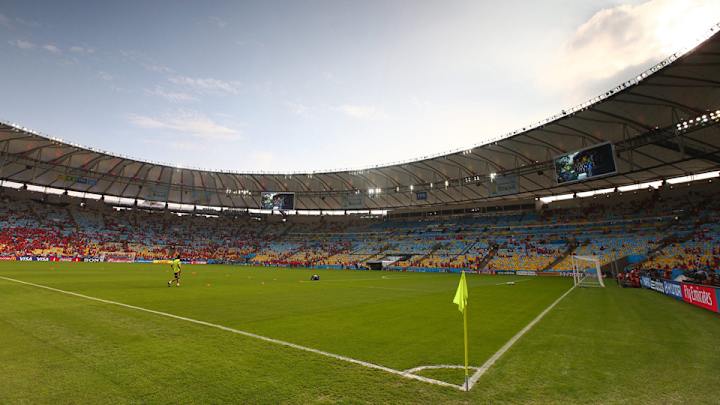

RIO DE JANEIRO – You hear the Maracana before you see it: the din of the crowd, the buzz, the cacophony of nationalism, so many chants and horns and whistles, so many fans screaming, music coming from so many speakers that it’s audible a dozen blocks away.
You see the Maracana before you feel it: all the colors, the red, white and blue light up near the reconstructed roof, the purple banners, the turquoise signage, the light blue and green and yellow sections that extend backward diagonally away from the pitch, the green field, the seats on this Wednesday, packed with fans in red.
You feel the Maracana before you begin to understand it: the way it shakes the senses; the history involved; how it recalls Yankee Stadium or Lambeau Field, places where it’s less about games and more about history and pilgrimages, that moment that you stood there, feet on hallowed ground.
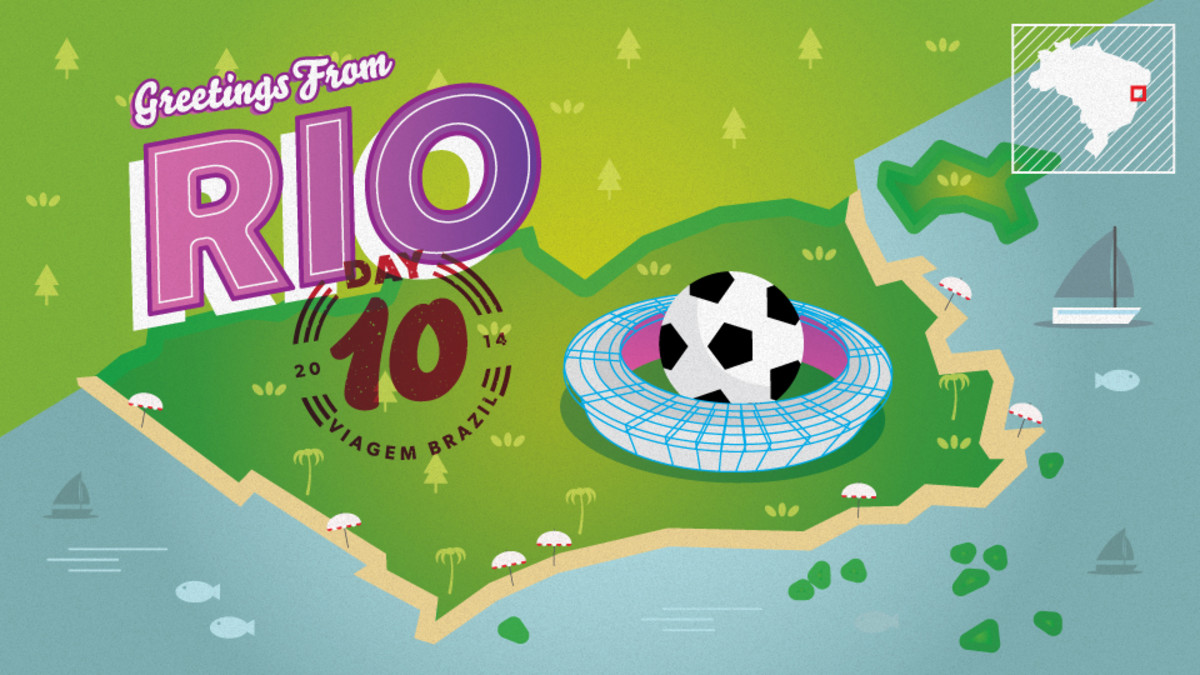
They rank this stadium among the most important places to watch soccer, and to understand just how much it means to step inside, consider Tuesday afternoon at 3 p.m.
The fence went first, knocked down by a crush of Chilean fans. The metal detectors fell next, as perhaps 100 of the ticketless fans sprinted inside with desperate abandon, through the media entrance, past the hapless security guards who went all alligator arms as they pretended to attempt to make tackles. Some of the fans ended up inside the media center – a bad place to avoid attention. Temporary walls were broken, extinguishers knocked down. Bedlam ensued, at least temporarily, until police arrested those they could corral and an hour later the game kicked off and everyone went back to work, security guards and international journalists included.
That’s the Maracana – everyone wants in. The same place where Frank Sinatra sang, a Pope preached to the masses and Pele scored career goal No. 1,000. Brazil classified it as a national landmark in 1998.
Before this World Cup started, all the debate over infrastructure centered on what went wrong – the eight workers who died during construction, the mess of stadium preparations in Sao Paulo, the oddity of putting $300 million into an arena in the rainforest for all of four games. Brazil’s most famous stadium, one of five with renovations reportedly completed on time, faded into the background.
Then the soccer started. The narrative shifted from the protests and the billions spent on soccer palaces toward the games played on actual fields by the best teams in the world. The Maracana will host seven of them, including Wednesday’s game, the contest that officially ended the possibility that defending champion Spain will advance to the knockout round and the World Cup final on July 13.
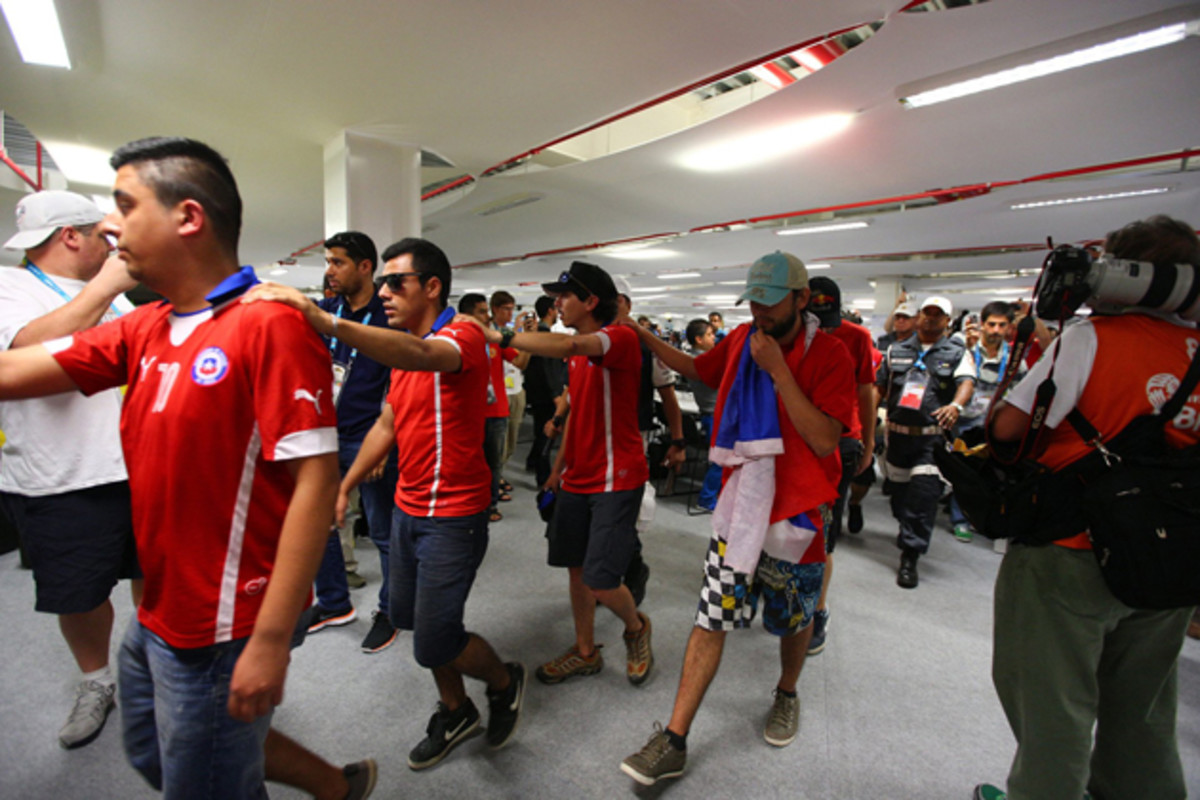
That’s the Maracana. Soccer as it should be, will be, is, was.
Construction started on the Maracana in 1948, in advance of the 1950 World Cup. It staged the first game of that tournament and, unfortunately, the last – a loss to Uruguay in the final that still feels traumatic. Nearly 200,000 attended – and more than twice as many say they did.
Viagem Brazil: Despite unfinished construction, Salvador’s party rages
The stadium redesign irked the purists, with two tiers reduced to one. Attendance had dropped in recent years, a combination of advancements in television, smaller crowds, the high cost of tickets and the violence at soccer stadiums. Zico, who has his own statue at the stadium, told Reuters “you have to have teams with the right kind of players to fill the Maracana.”
Now, it’s smaller. About 74,000, for instance, attended Wednesday’s match. The seats – light blue, yellow and green – are designed to mimic the Brazilian flag, while the new roof protects a full 95 percent of those in attendance.
Four hours before the action started, fans already lined the streets. The Rzezniczak brothers, Stasha and Terence, came from England. They had started planning their trip two years ago. Someone outside offered them 5,000 reals (about $2,245) for their two tickets. “It’s the history here,” Terence said.
Nearby, the Chileans roamed the streets, out in full force, many with beers in hands. They draped flags around their necks like capes. They posed for pictures with the military policemen, who wore body armor and resembled Robo Cops. There were red jerseys everywhere, reporters, camera crews, tourists, locals – even a guy who balanced a beer on top of a soccer ball on top of his head.
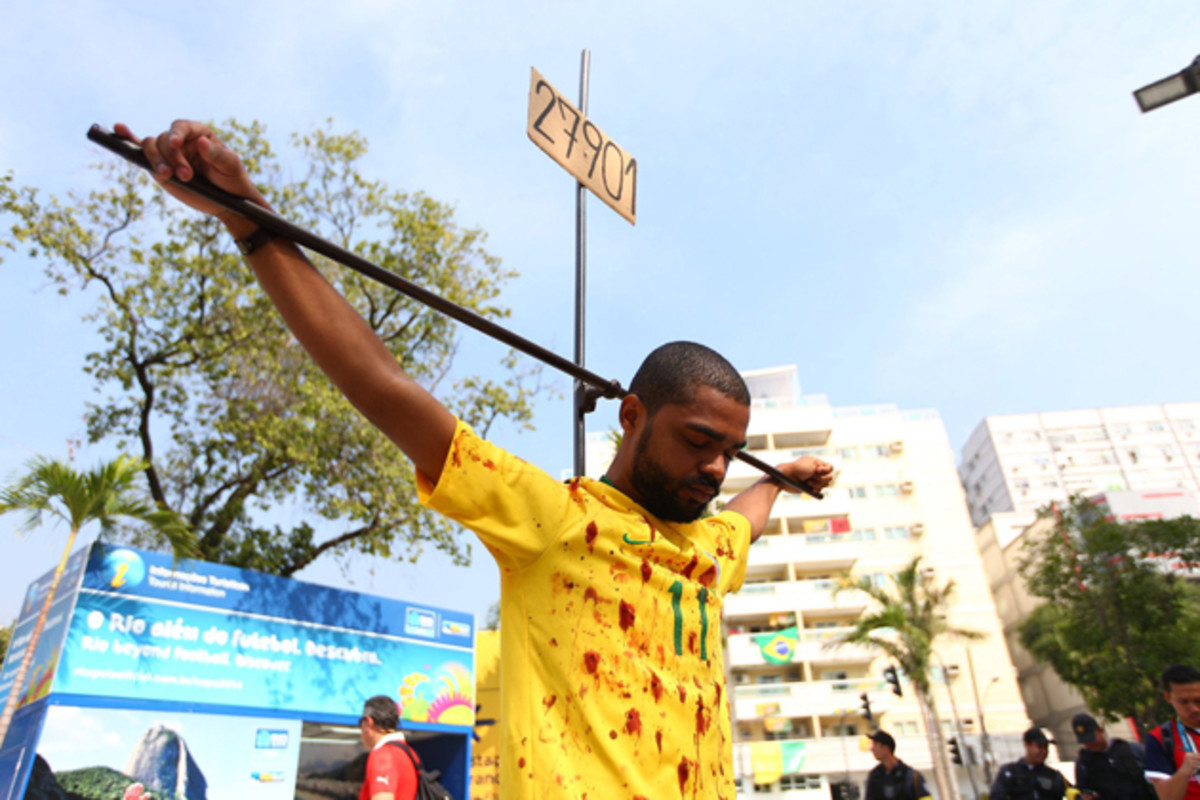
No one talked about the construction delays at the Maracana before the Confederations Cup last year. Or the pitch that goalkeeper Rogerio Ceni once called unfit for international play. Or the video of one stadium staircase that wobbled during the first World Cup match held here.
A handful of protestors did set up outside the stadium Wednesday. Amanda Paeslee and her friend, Davi Pontes, staged what they called an “artistic intervention” outside the stadium. Paeslee painted Pontes’ yellow Brazil jersey red, to look like blood, and he stood there, both arms up on a makeshift cross.
“Here in Brazil, there are a big number of deaths,” Paeslee said. “You have more deaths here in a year than in countries where there is civil war. Most of those deaths are people who are black and poor. Everybody is ignoring this.”
Viagem Brazil: Finding destiny in Brazil’s mystical religion, Candomble
Next to the artists, a doctor, Napoleon Alfonso, handed out flyers in English and Portuguese. He called his essay “Divided Man,” and he wrote about his desire to cheer for Brazil and his frustration with the quality of hospitals and the numbers of patients he must attend to. He wrote that he felt guilty because he wanted to enjoy the soccer. He said he wondered if he could.
Others did not share in his morale struggle. Jeremy McIntosh and Luke Boyer came here from America, and when the United States scored in its opener against Ghana, McIntosh cheered so hard he chipped his tooth. They were looking for tickets. About 3,000 reals (roughly $1,347) was the going rate.
Finally, the soccer started. The Maracana did what the Maracana does best. It hosted soccer, the seats full, the crowd loud, the stage set. For all the commotion, for the gate rushed and the small number of protests and the continued handwringing, Chile scored and the stands went crazy. Then Chile scored again and the stadium literally shook.
It felt like what you imagine the World Cup is supposed to feel like before you step inside a stadium like the Maracana for a game like the one that unfolded Wednesday night. The chants started again. They haven’t stopped yet.
This is the tenth piece in a series throughout the opening weeks of the World Cup in which SI senior writer Greg Bishop and photographer Simon Bruty chronicle their travel to offer a taste of the cultural side of Brazil.
Bishop Day 10
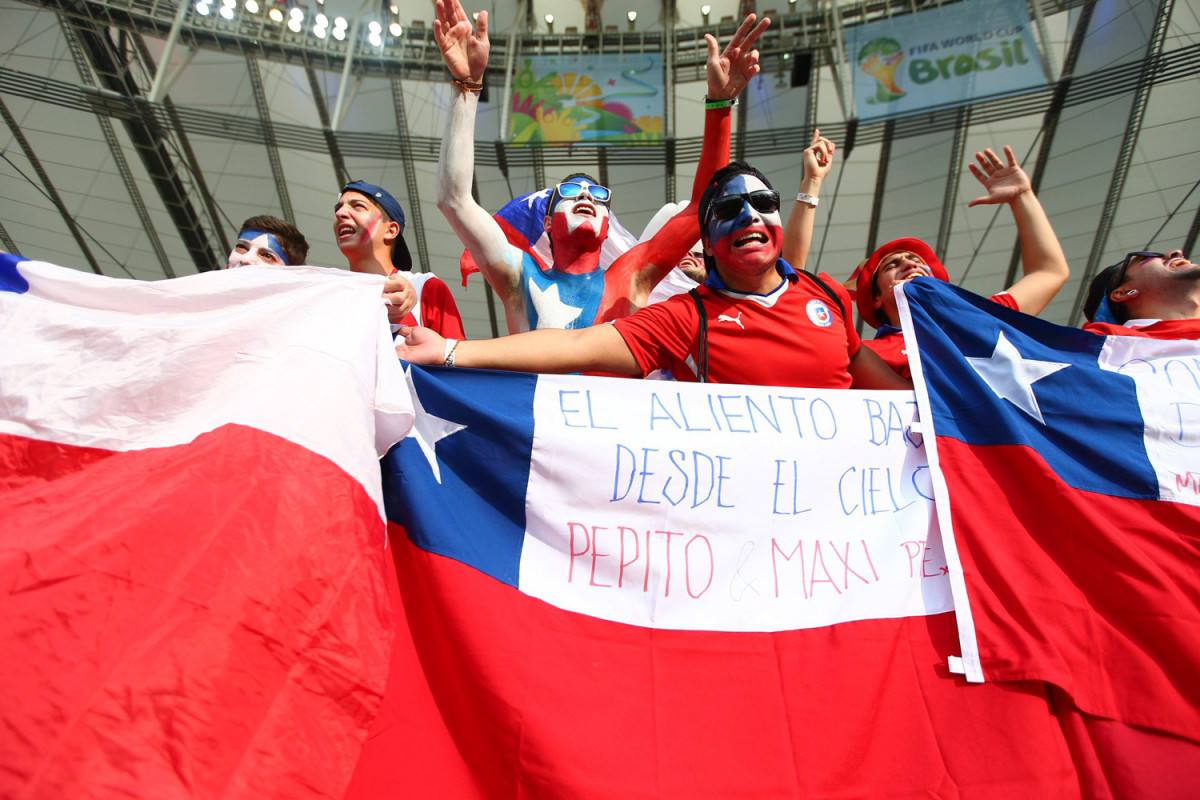
Viagem Brazil: Greg Bishop and Simon Bruty's Travel Guide to the Other Side of the World Cup. (Photos by Simon Bruty/SI)
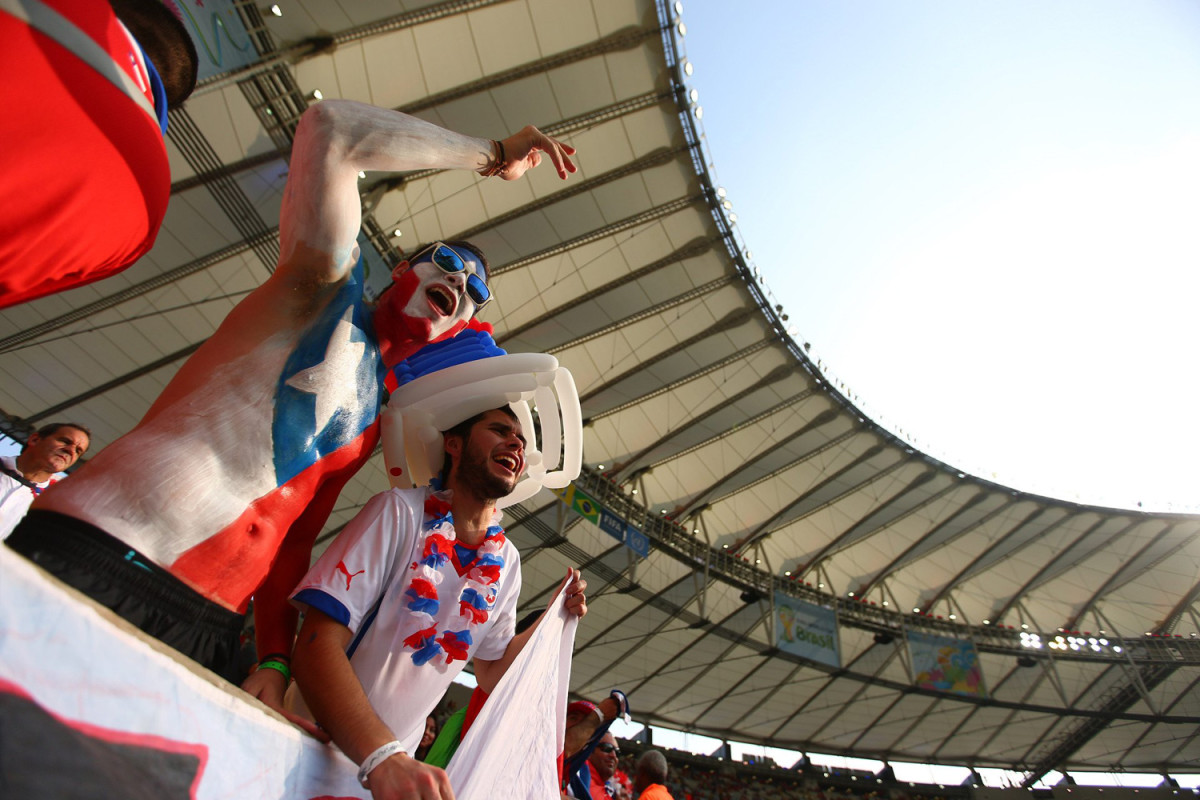
Viagem Brazil: Greg Bishop and Simon Bruty's Travel Guide to the Other Side of the World Cup. (Photos by Simon Bruty/SI)
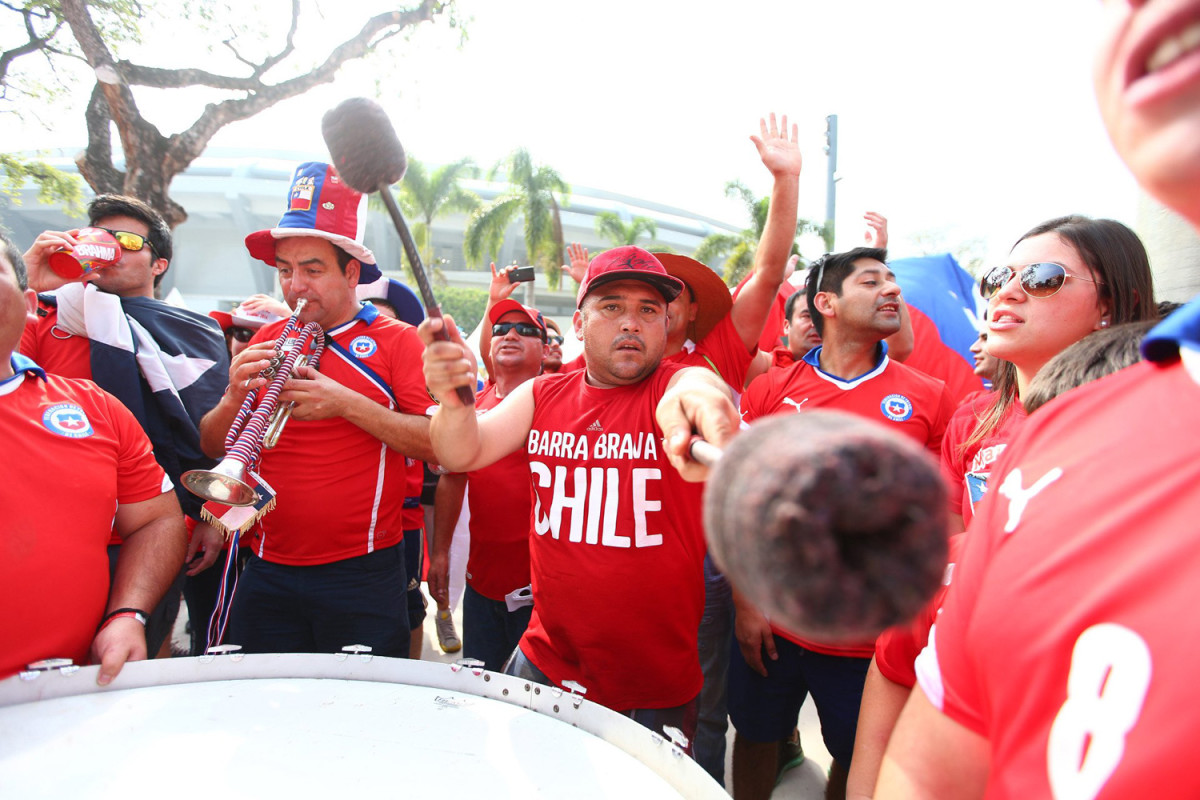
Viagem Brazil: Greg Bishop and Simon Bruty's Travel Guide to the Other Side of the World Cup. (Photos by Simon Bruty/SI)
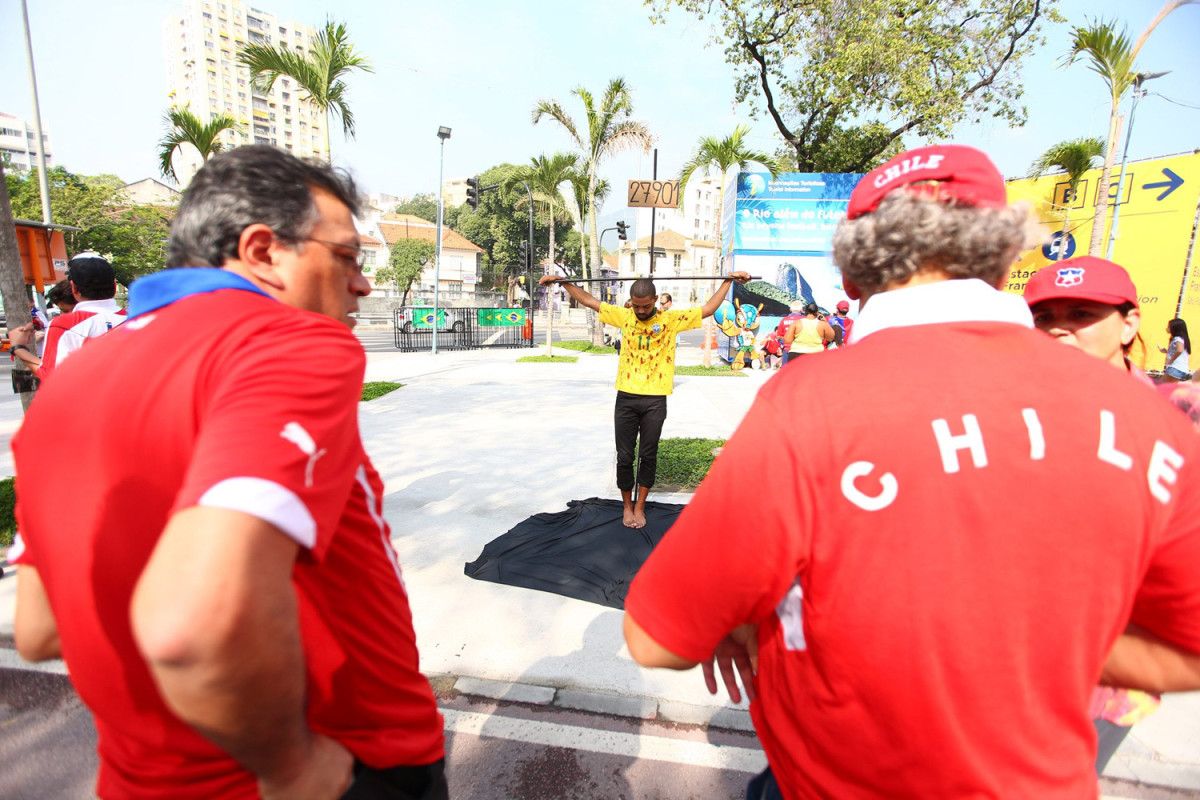
Viagem Brazil: Greg Bishop and Simon Bruty's Travel Guide to the Other Side of the World Cup. (Photos by Simon Bruty/SI)
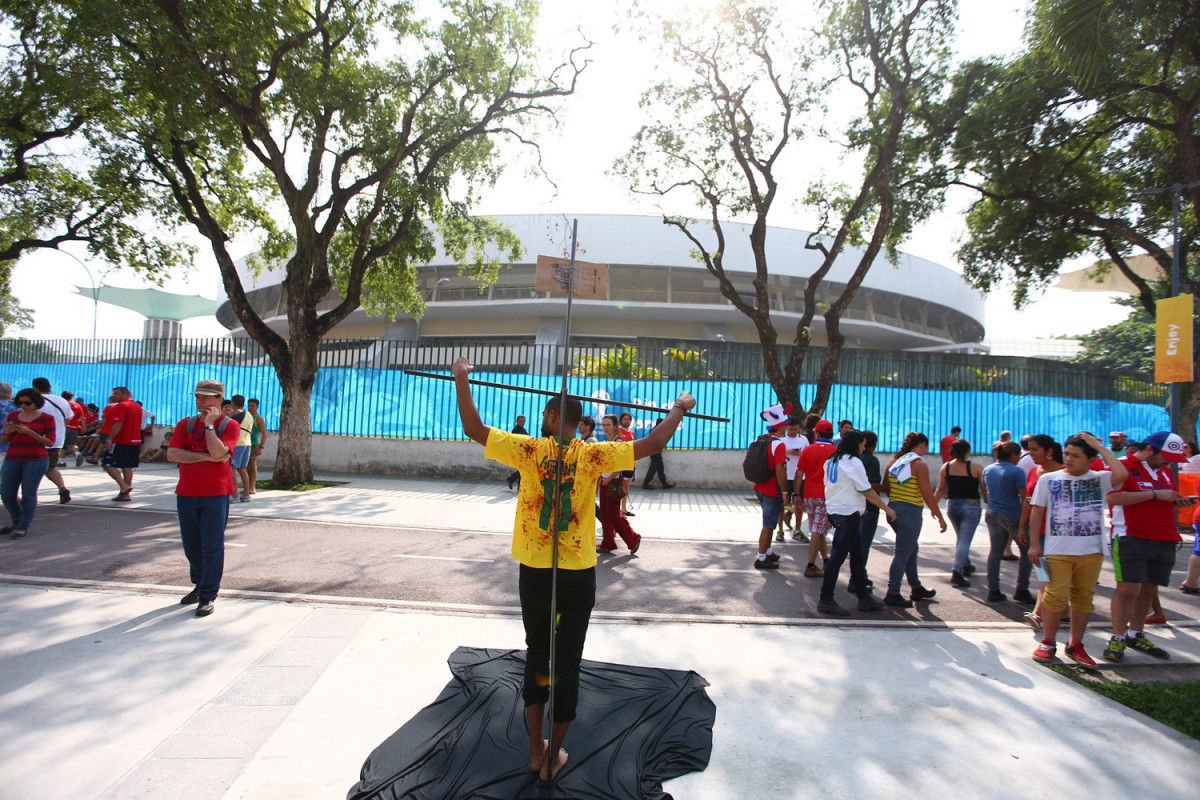
Viagem Brazil: Greg Bishop and Simon Bruty's Travel Guide to the Other Side of the World Cup. (Photos by Simon Bruty/SI)
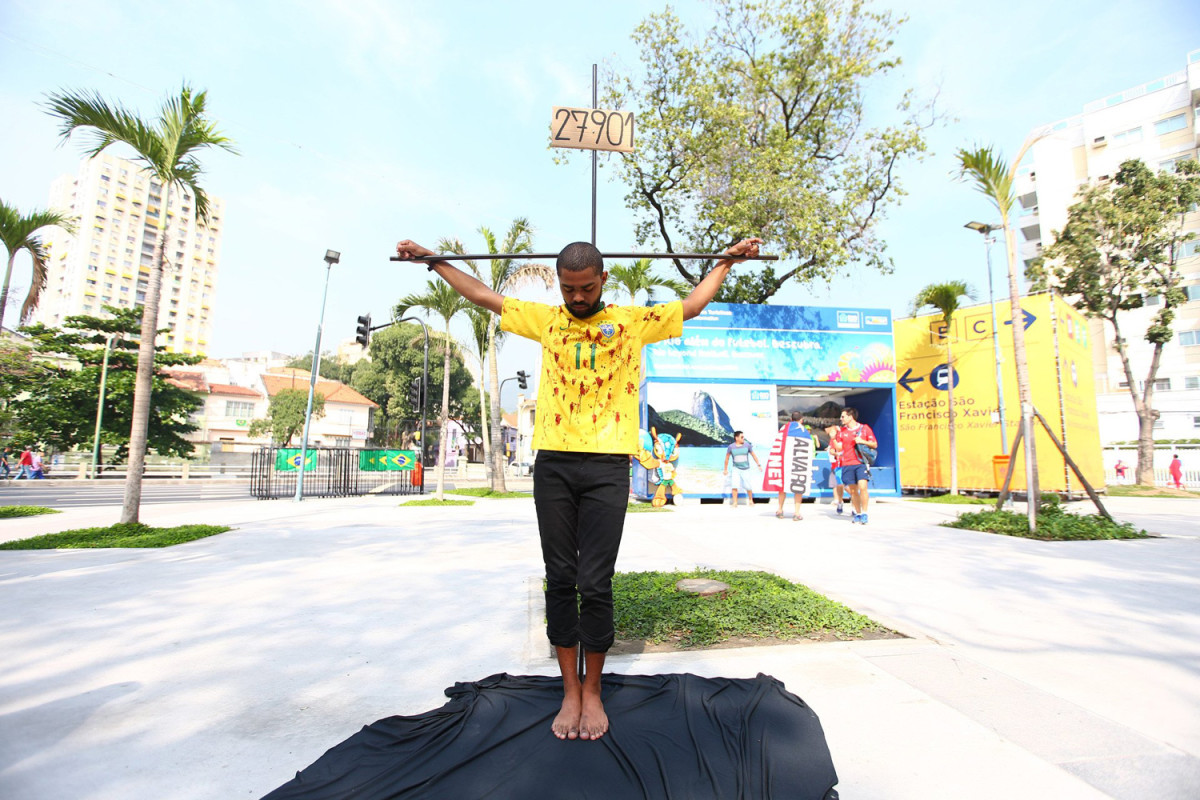
Viagem Brazil: Greg Bishop and Simon Bruty's Travel Guide to the Other Side of the World Cup. (Photos by Simon Bruty/SI)
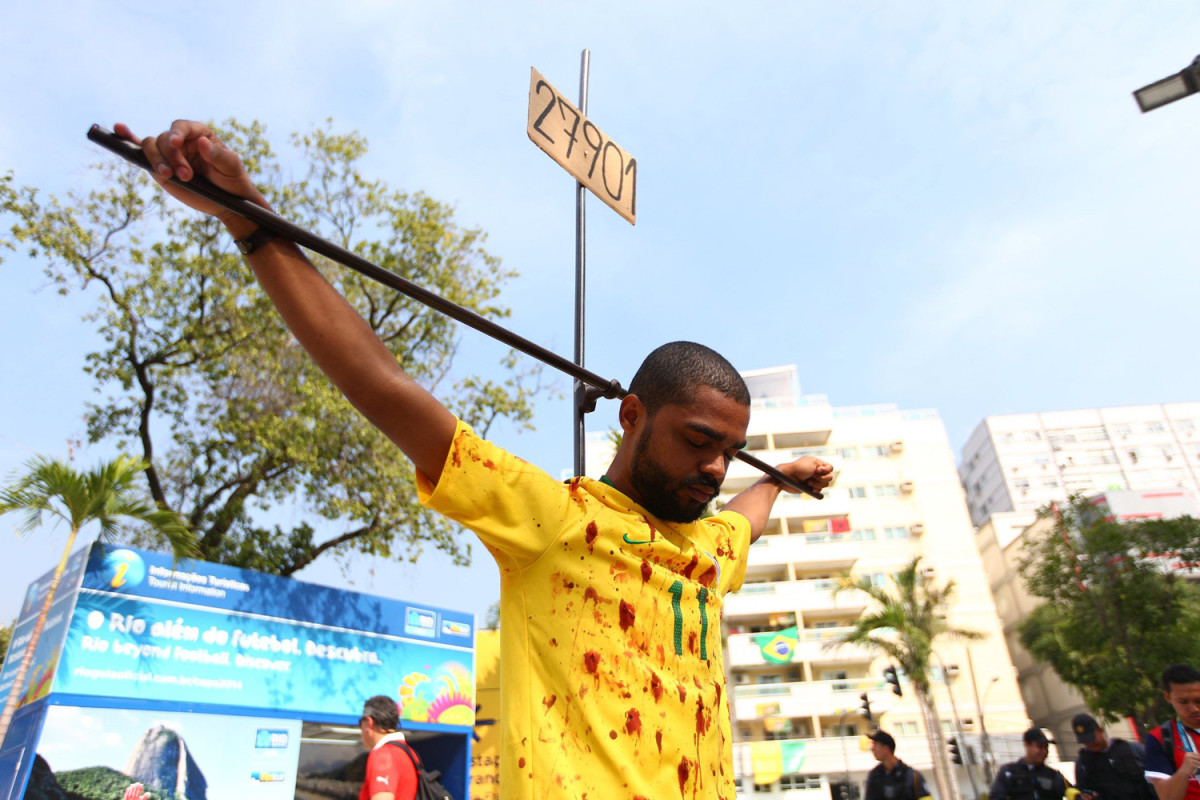
Viagem Brazil: Greg Bishop and Simon Bruty's Travel Guide to the Other Side of the World Cup. (Photos by Simon Bruty/SI)
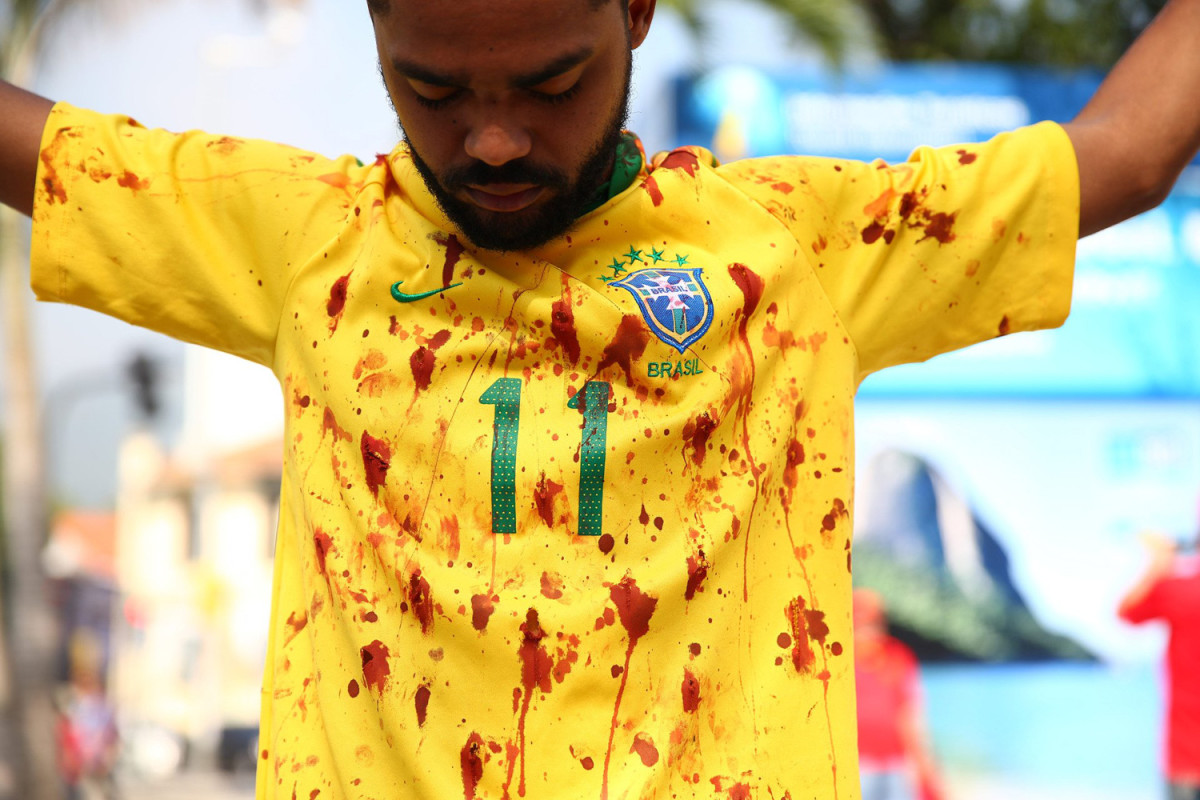
Viagem Brazil: Greg Bishop and Simon Bruty's Travel Guide to the Other Side of the World Cup. (Photos by Simon Bruty/SI)
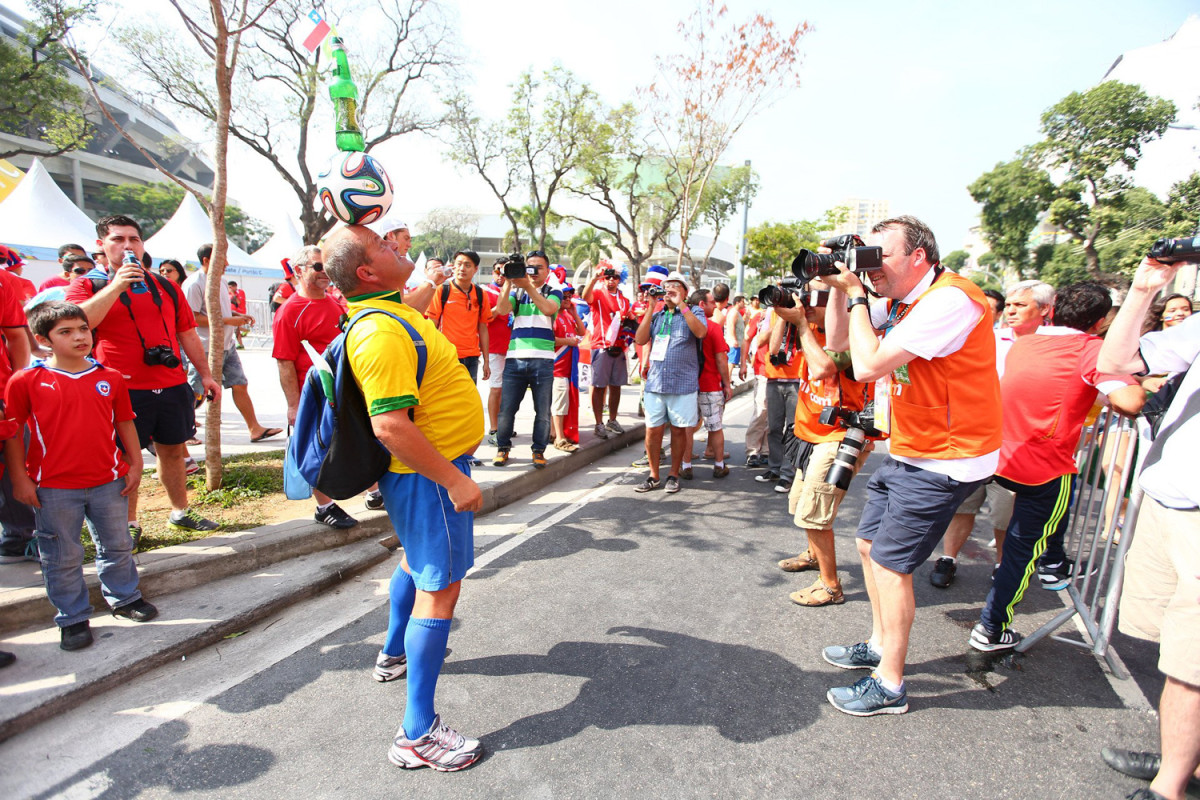
Viagem Brazil: Greg Bishop and Simon Bruty's Travel Guide to the Other Side of the World Cup. (Photos by Simon Bruty/SI)
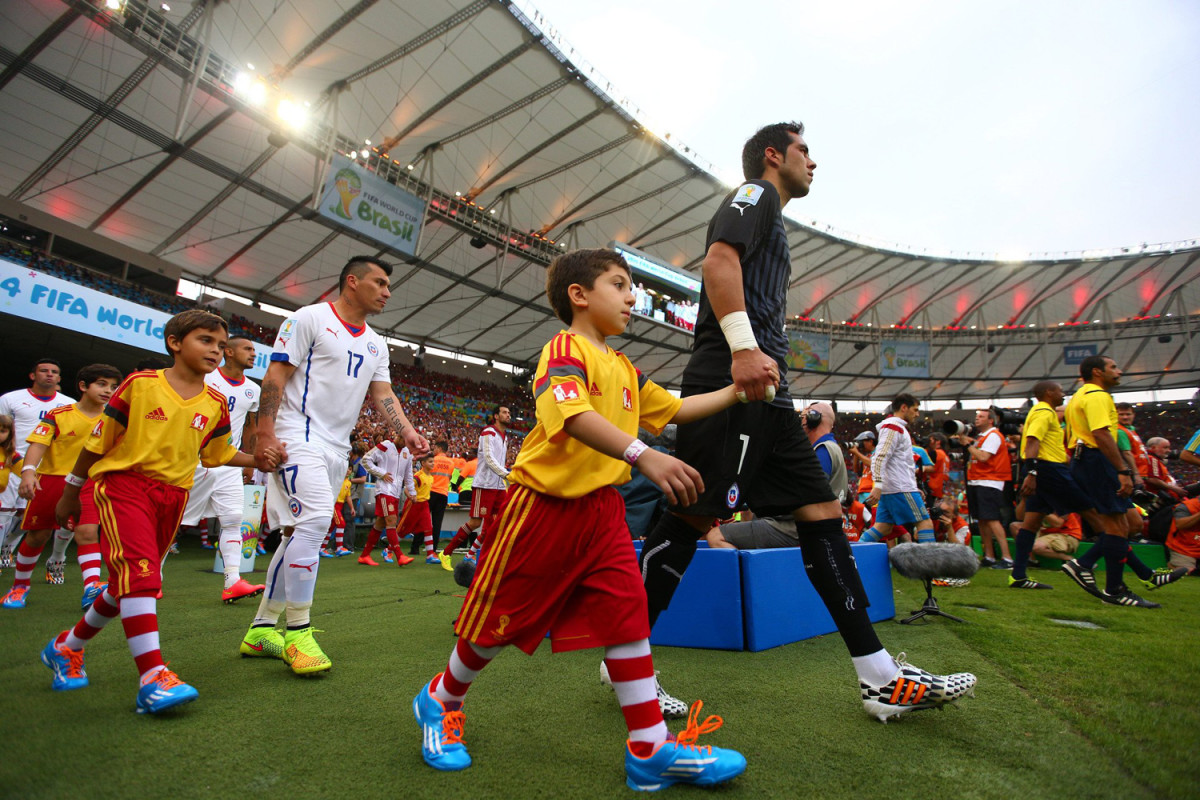
Viagem Brazil: Greg Bishop and Simon Bruty's Travel Guide to the Other Side of the World Cup. (Photos by Simon Bruty/SI)
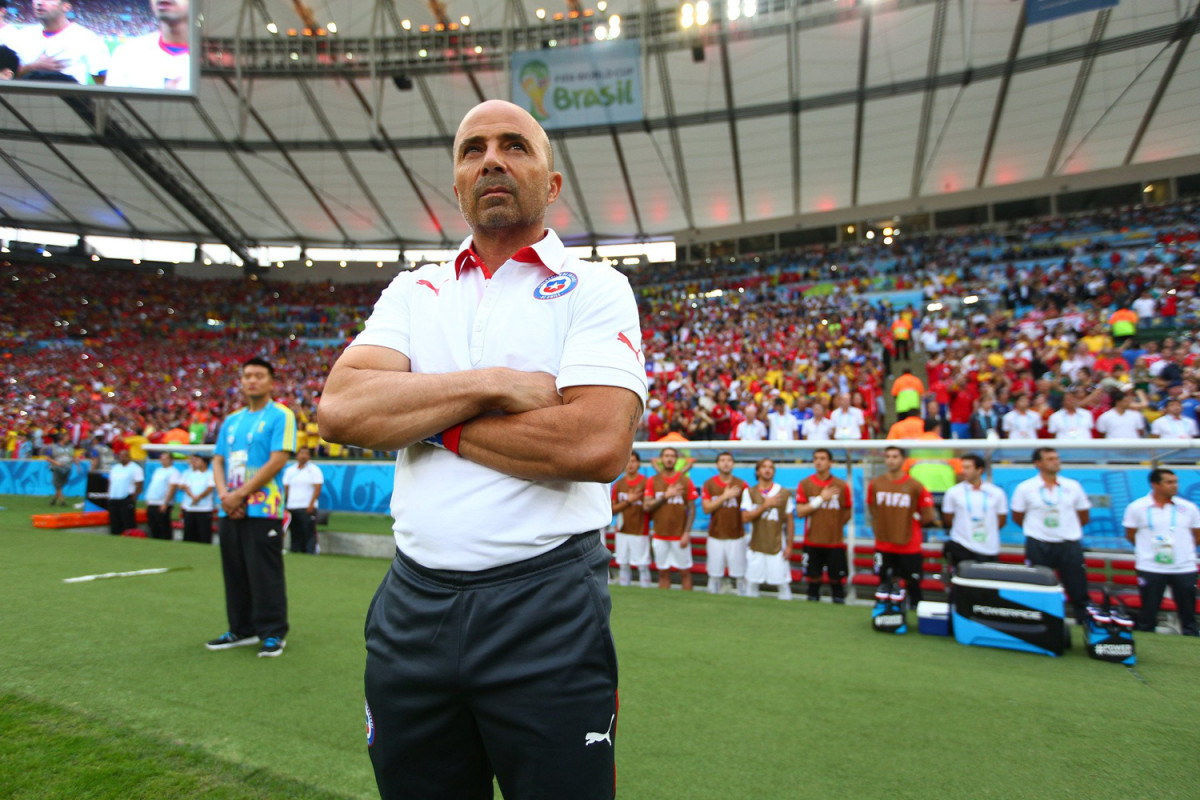
Viagem Brazil: Greg Bishop and Simon Bruty's Travel Guide to the Other Side of the World Cup. (Photos by Simon Bruty/SI)
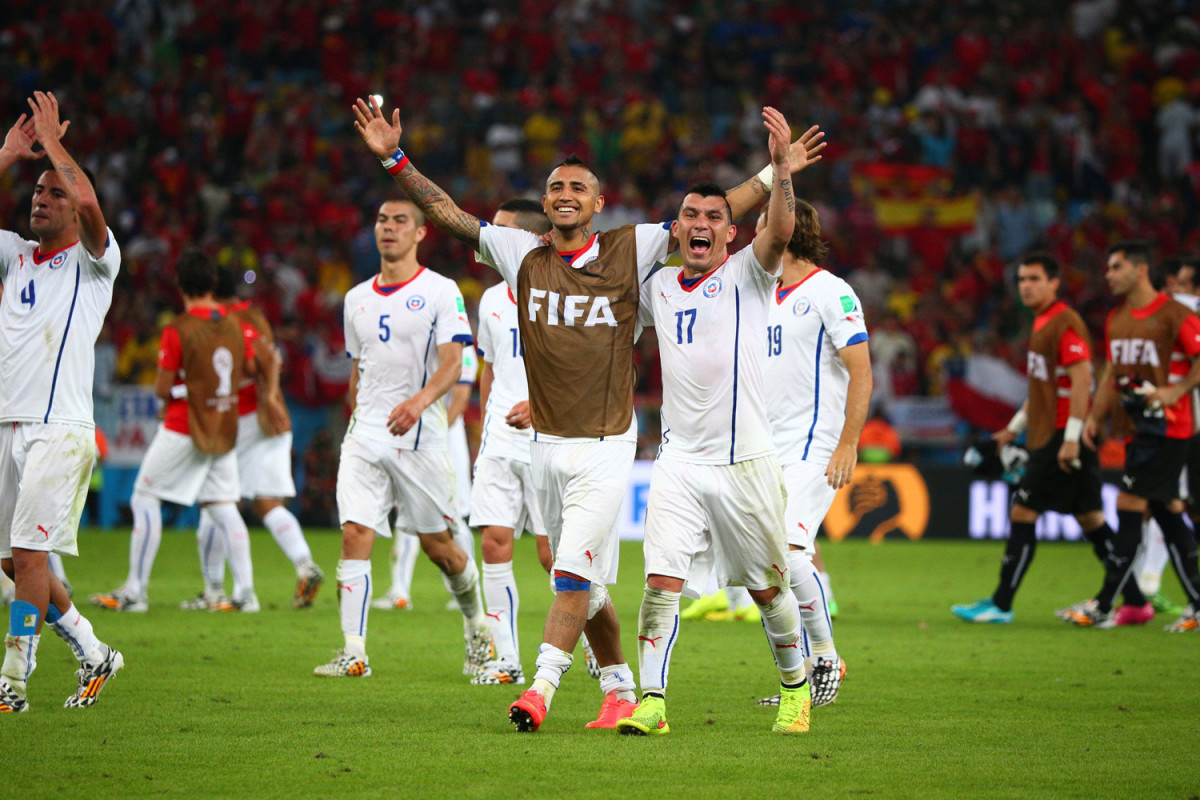
Viagem Brazil: Greg Bishop and Simon Bruty's Travel Guide to the Other Side of the World Cup. (Photos by Simon Bruty/SI)
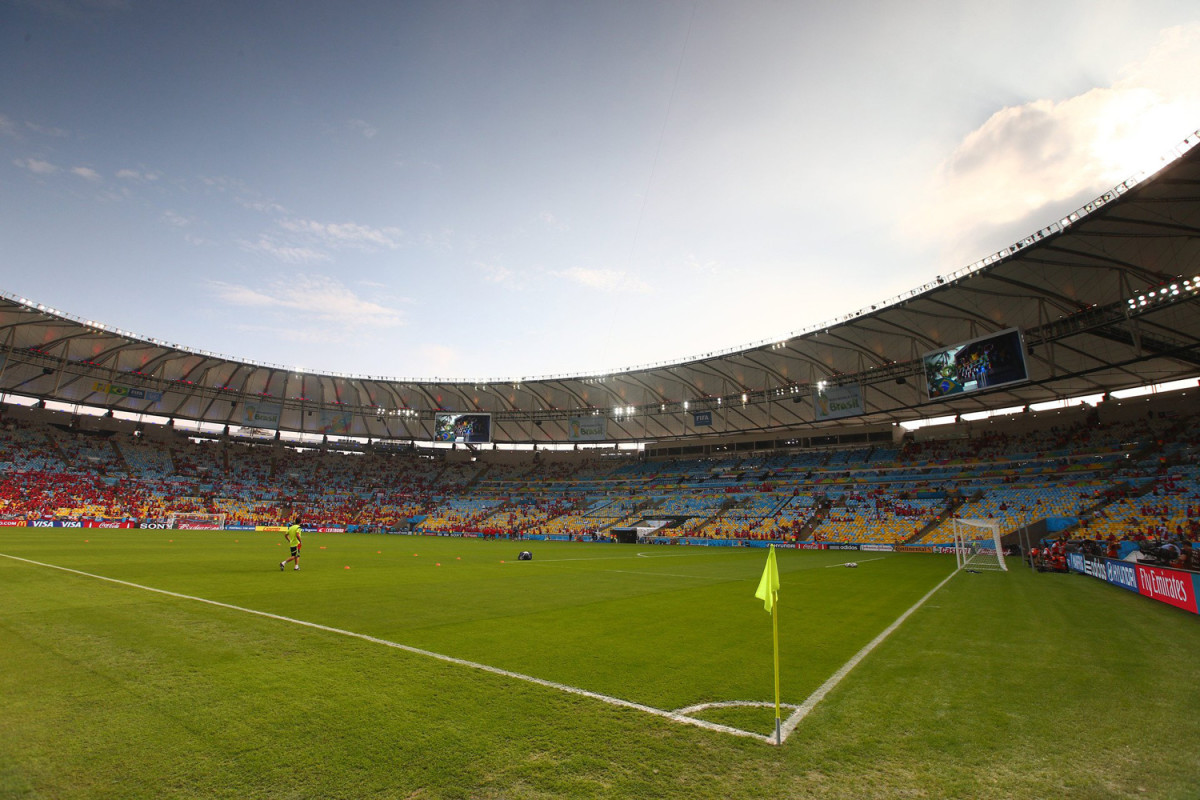
Viagem Brazil: Greg Bishop and Simon Bruty's Travel Guide to the Other Side of the World Cup. (Photos by Simon Bruty/SI)
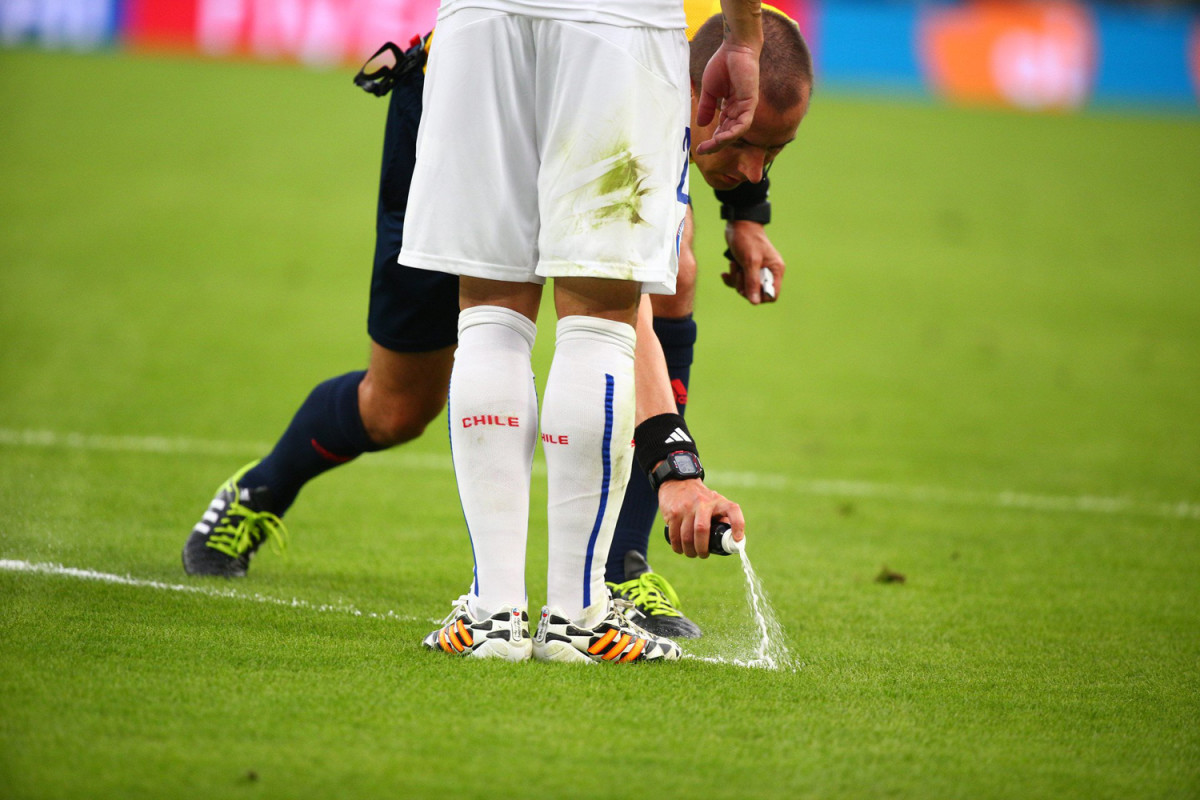
Viagem Brazil: Greg Bishop and Simon Bruty's Travel Guide to the Other Side of the World Cup. (Photos by Simon Bruty/SI)
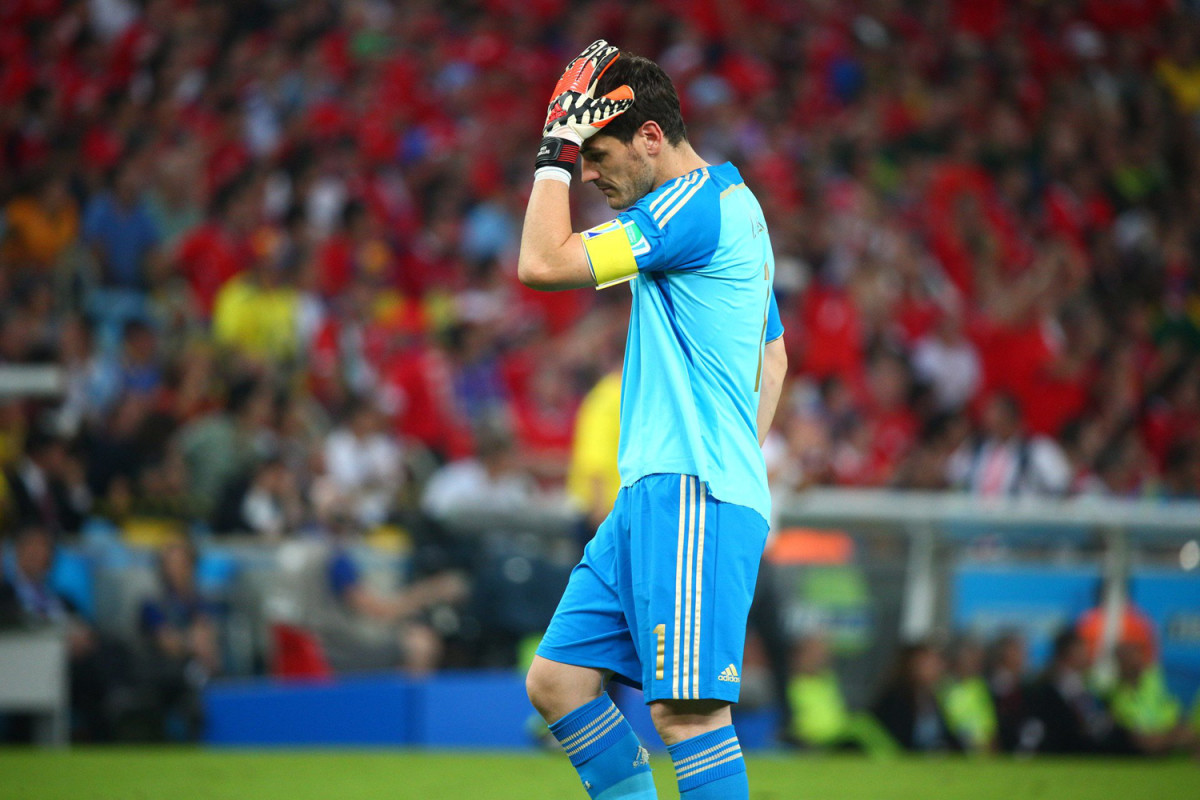
Viagem Brazil: Greg Bishop and Simon Bruty's Travel Guide to the Other Side of the World Cup. (Photos by Simon Bruty/SI)
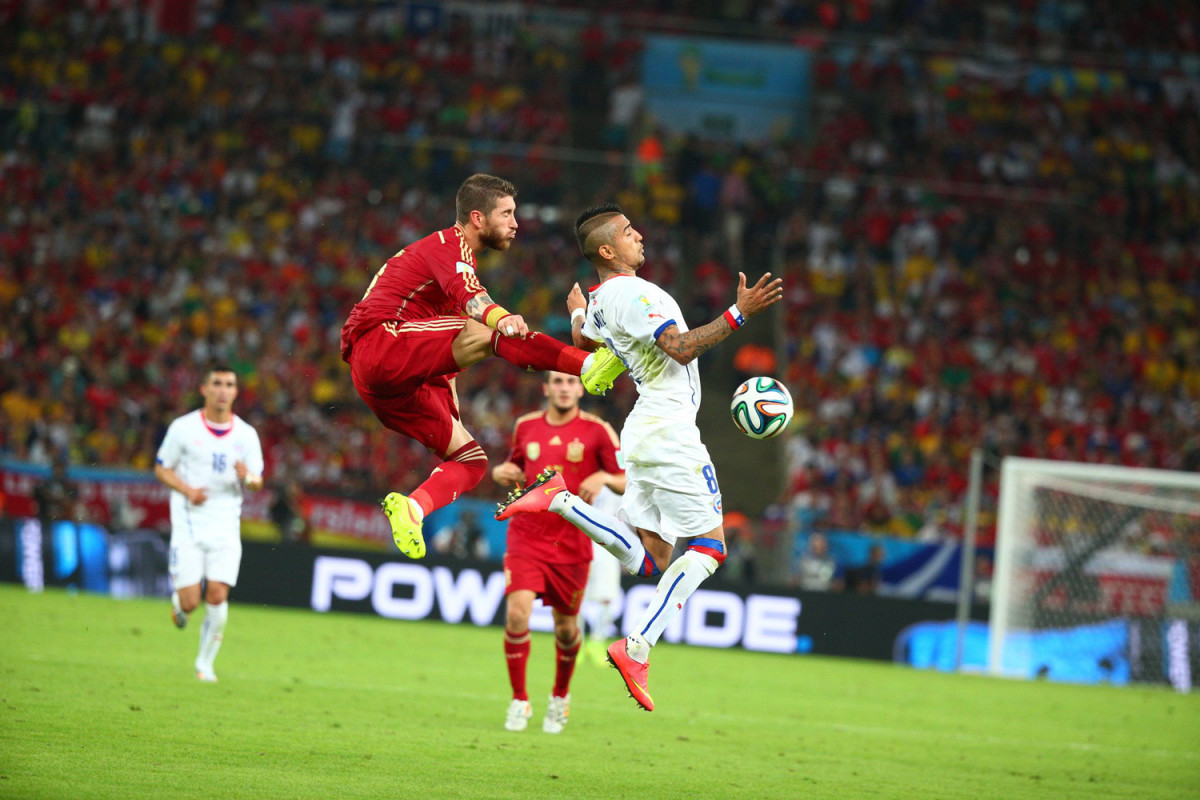
Viagem Brazil: Greg Bishop and Simon Bruty's Travel Guide to the Other Side of the World Cup. (Photos by Simon Bruty/SI)
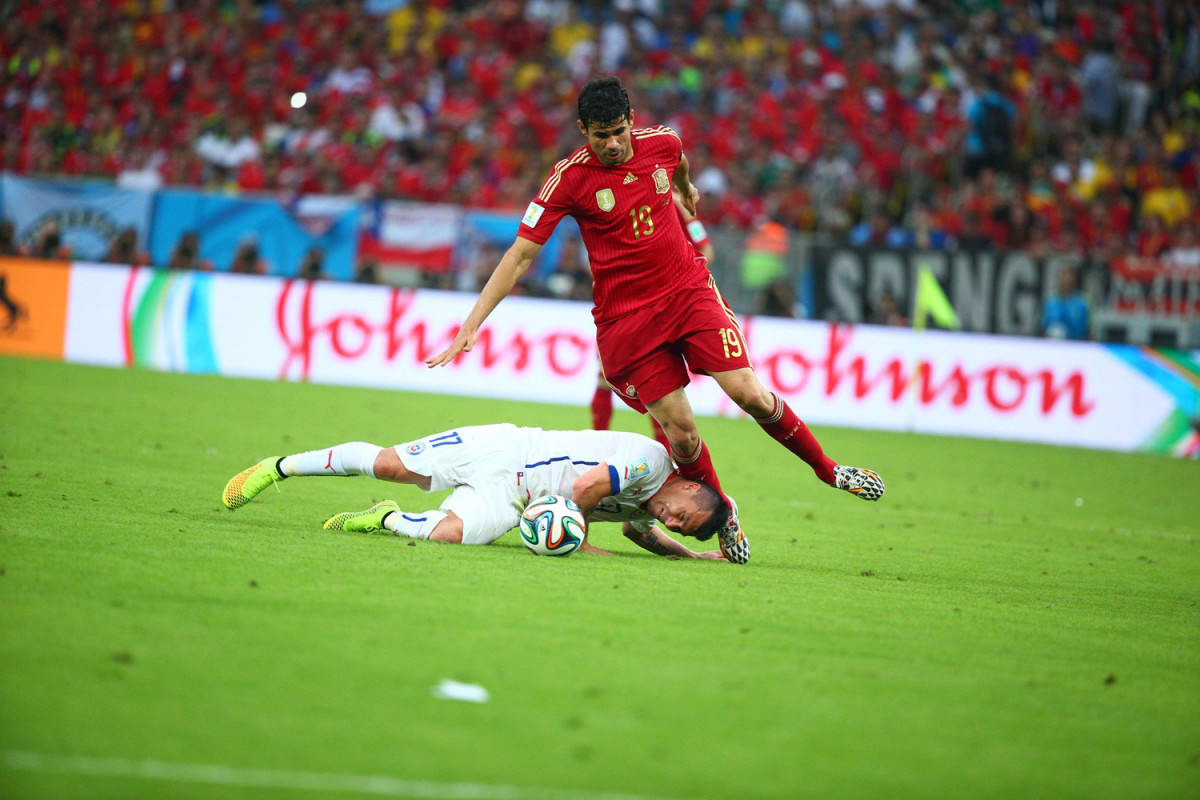
Viagem Brazil: Greg Bishop and Simon Bruty's Travel Guide to the Other Side of the World Cup. (Photos by Simon Bruty/SI)
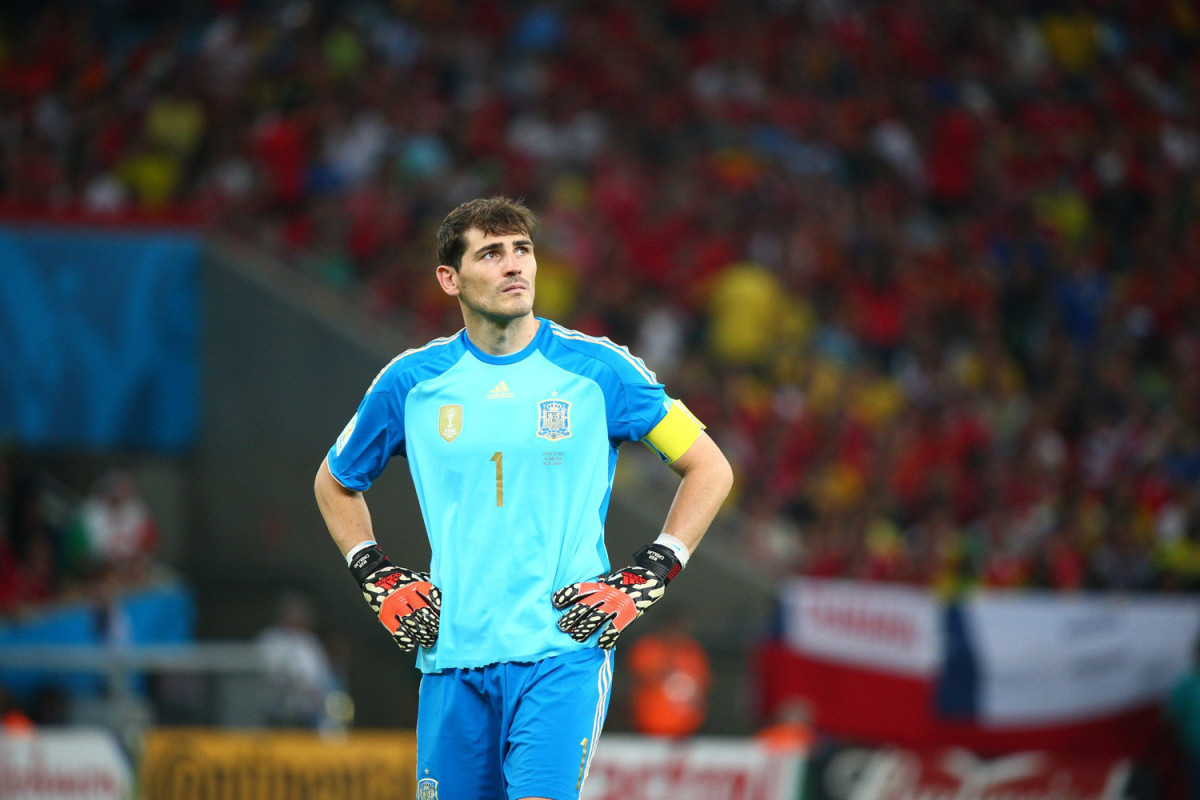
Viagem Brazil: Greg Bishop and Simon Bruty's Travel Guide to the Other Side of the World Cup. (Photos by Simon Bruty/SI)
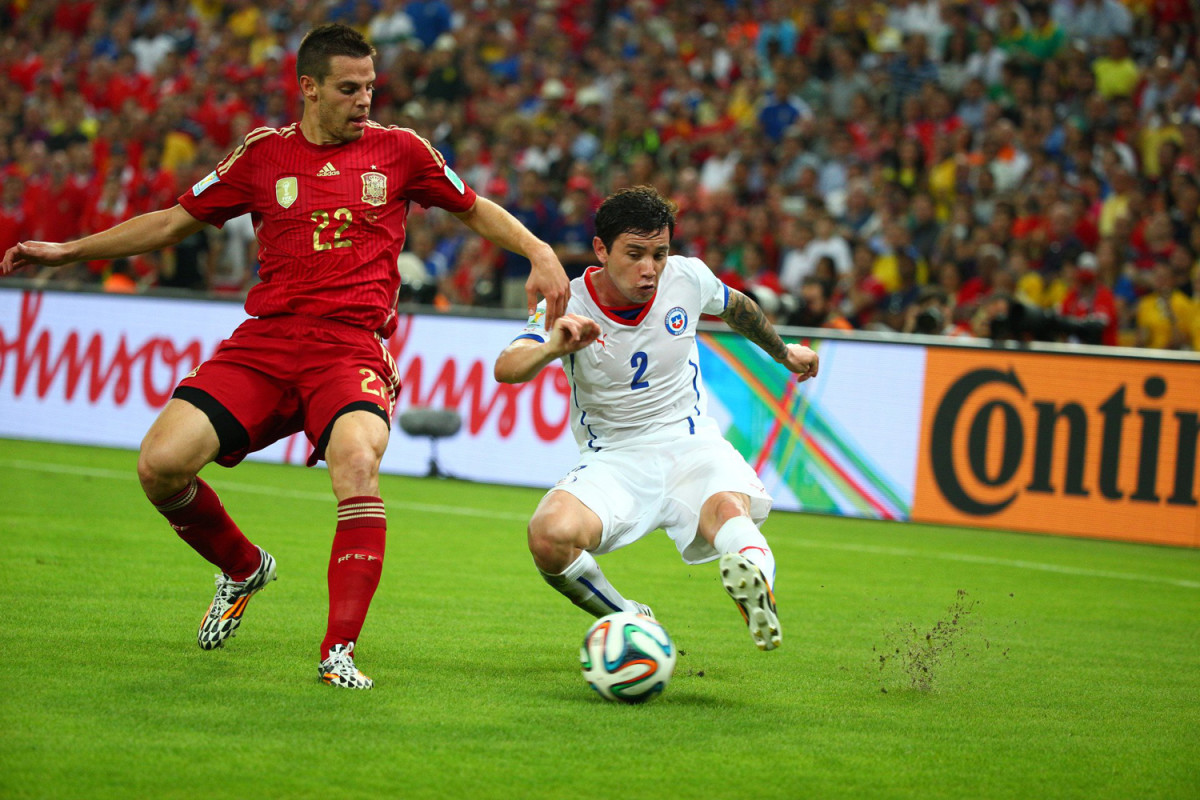
Viagem Brazil: Greg Bishop and Simon Bruty's Travel Guide to the Other Side of the World Cup. (Photos by Simon Bruty/SI)
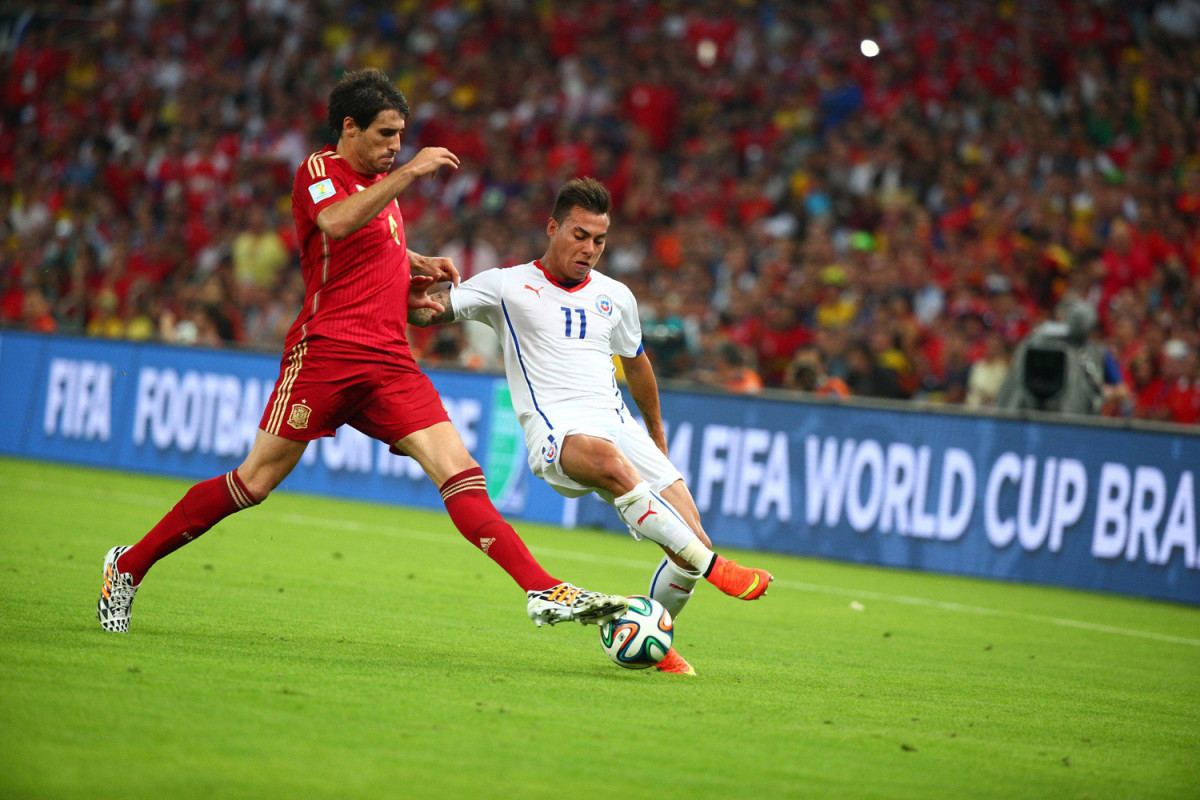
Viagem Brazil: Greg Bishop and Simon Bruty's Travel Guide to the Other Side of the World Cup. (Photos by Simon Bruty/SI)
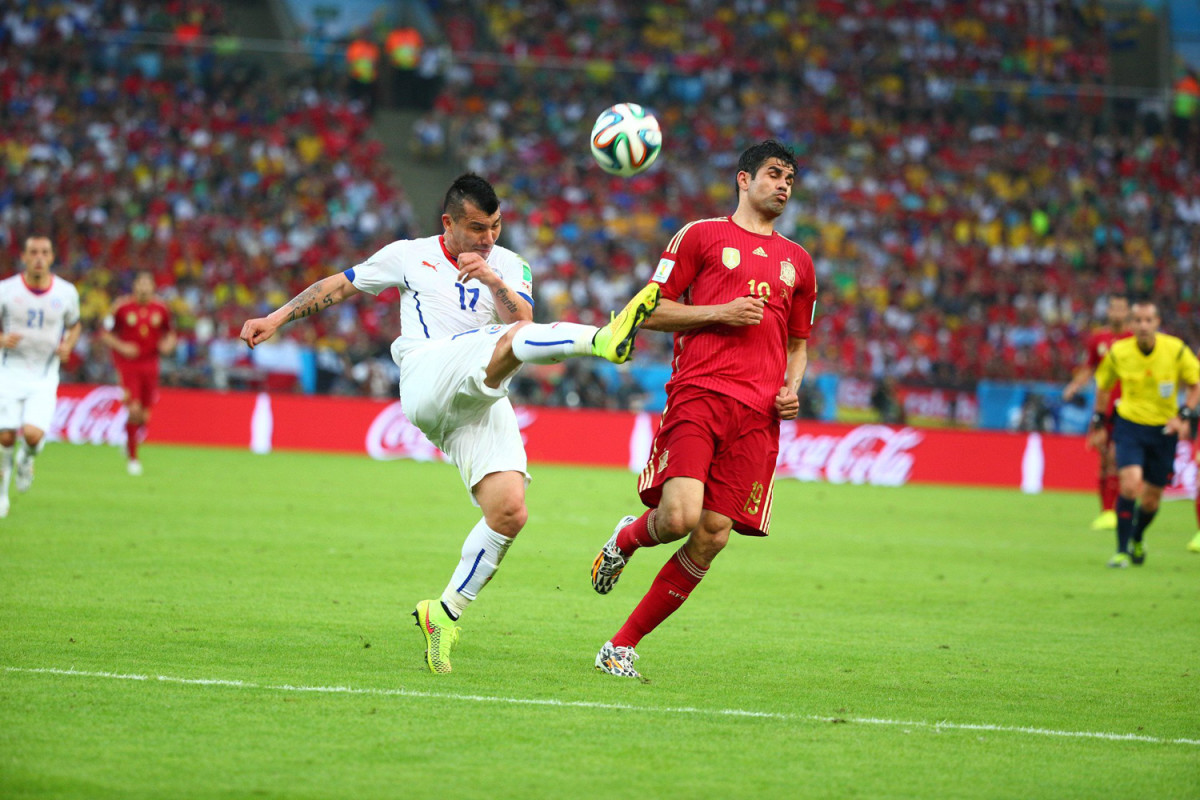
Viagem Brazil: Greg Bishop and Simon Bruty's Travel Guide to the Other Side of the World Cup. (Photos by Simon Bruty/SI)
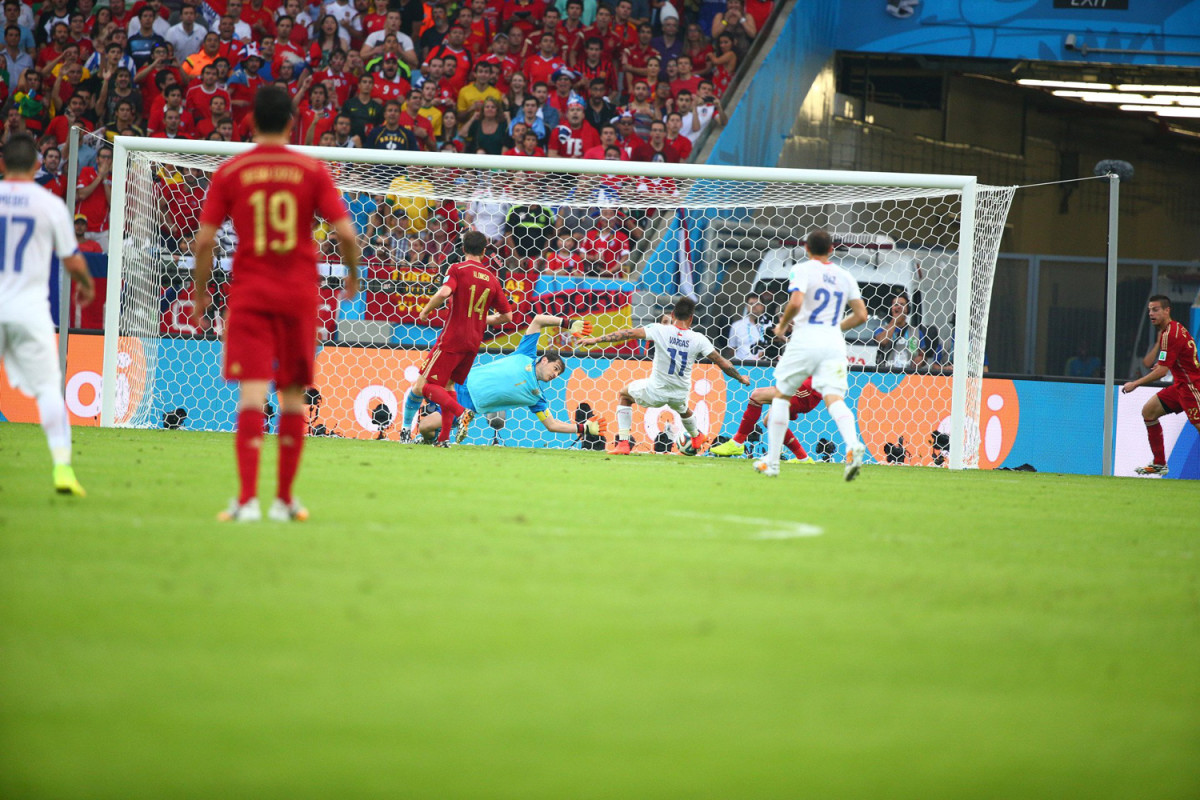
Viagem Brazil: Greg Bishop and Simon Bruty's Travel Guide to the Other Side of the World Cup. (Photos by Simon Bruty/SI)
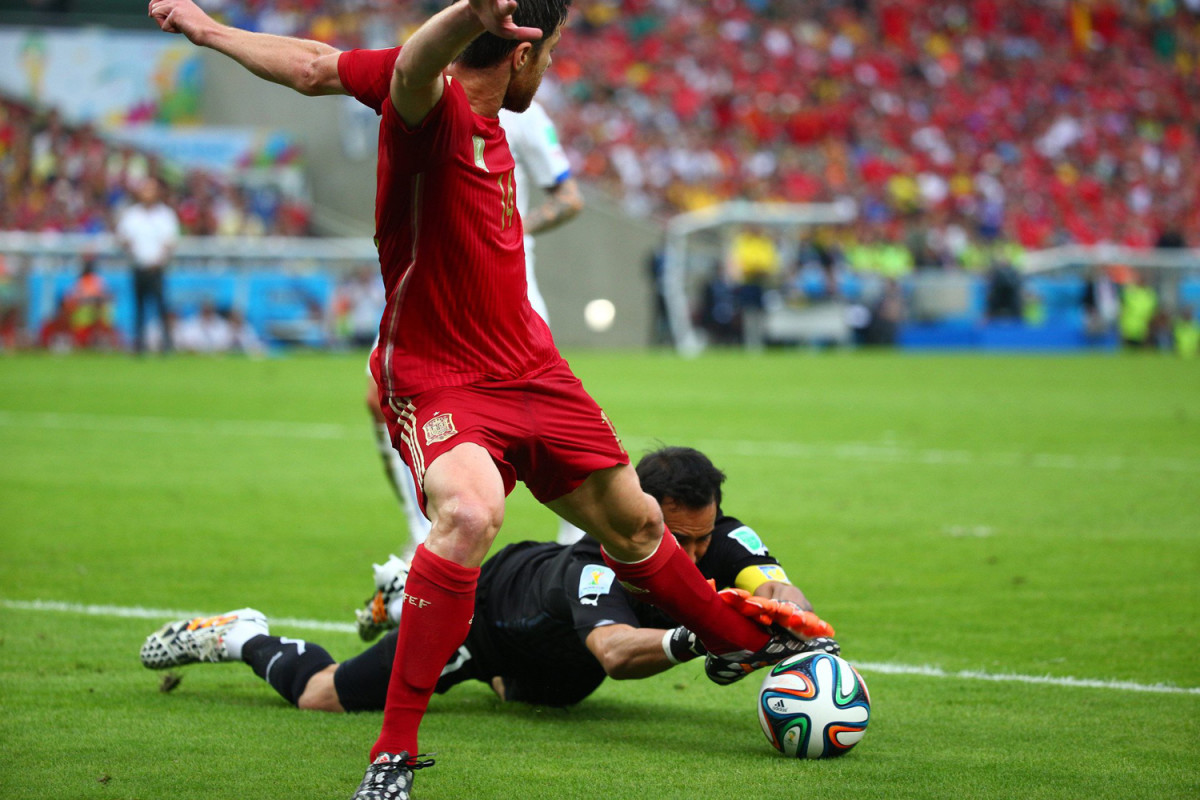
Viagem Brazil: Greg Bishop and Simon Bruty's Travel Guide to the Other Side of the World Cup. (Photos by Simon Bruty/SI)
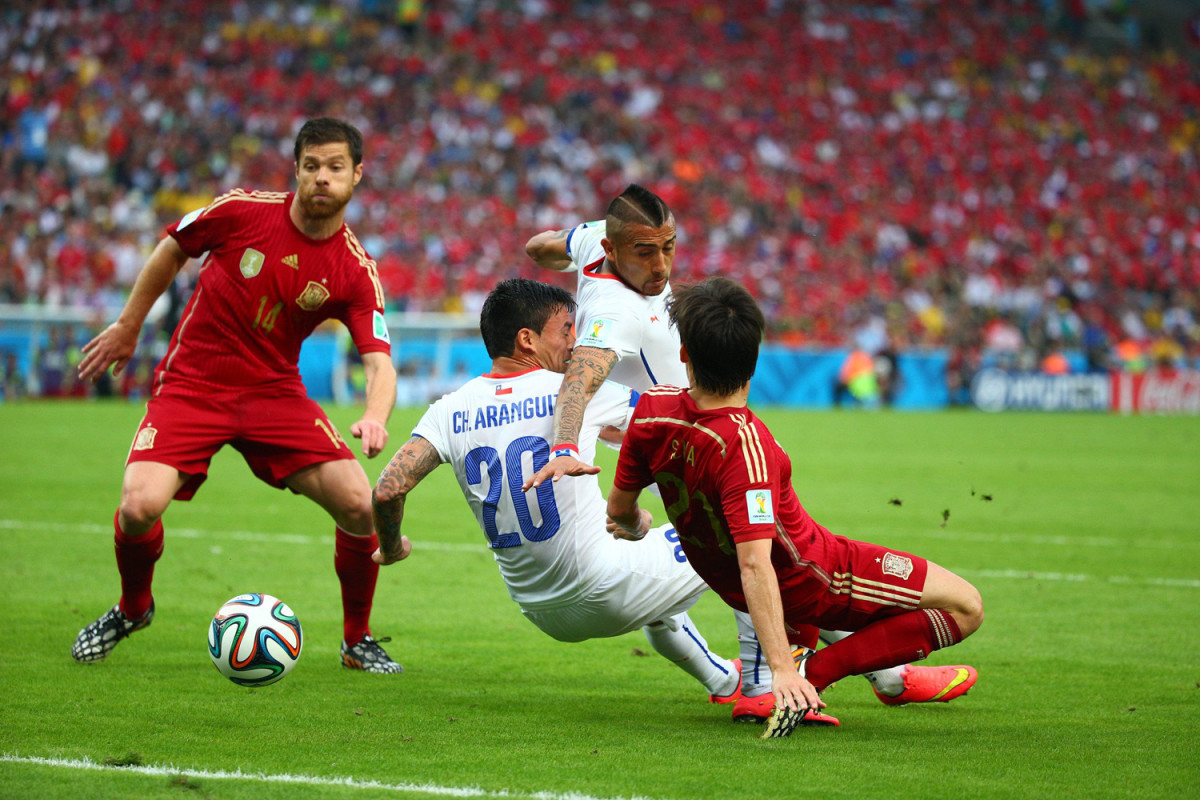
Viagem Brazil: Greg Bishop and Simon Bruty's Travel Guide to the Other Side of the World Cup. (Photos by Simon Bruty/SI)
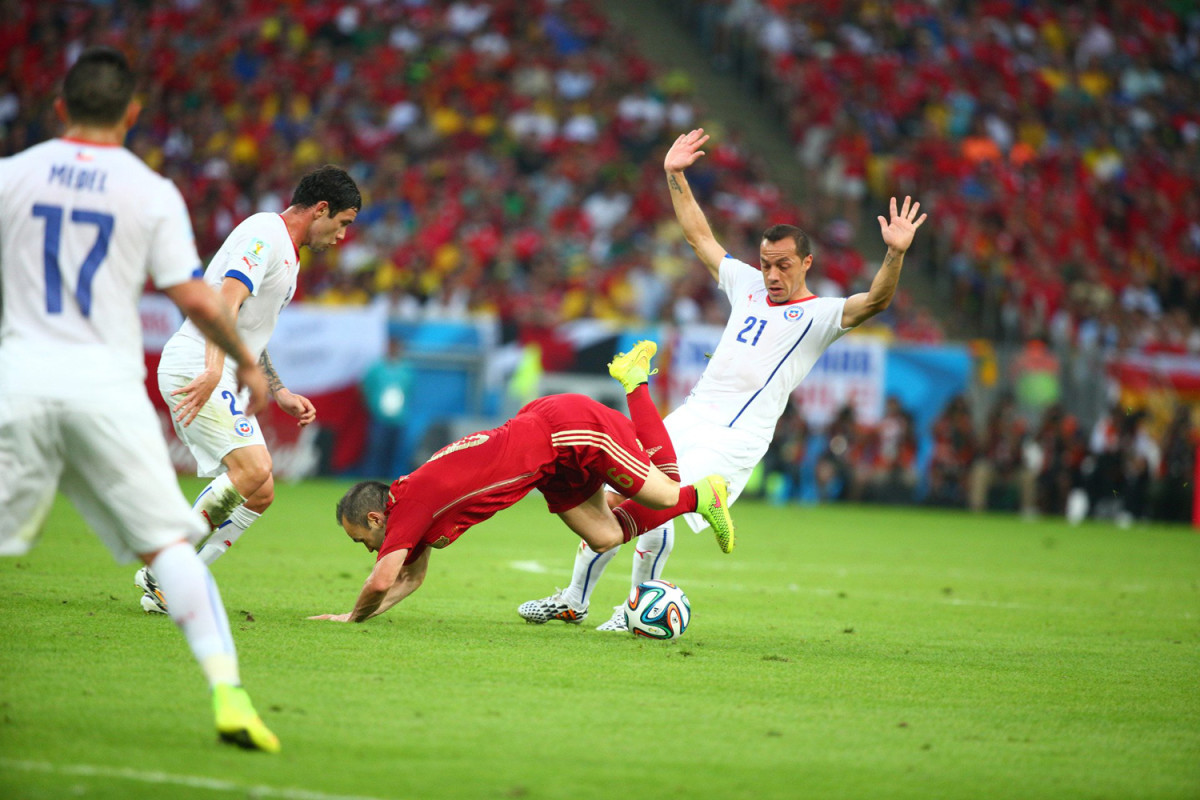
Viagem Brazil: Greg Bishop and Simon Bruty's Travel Guide to the Other Side of the World Cup. (Photos by Simon Bruty/SI)
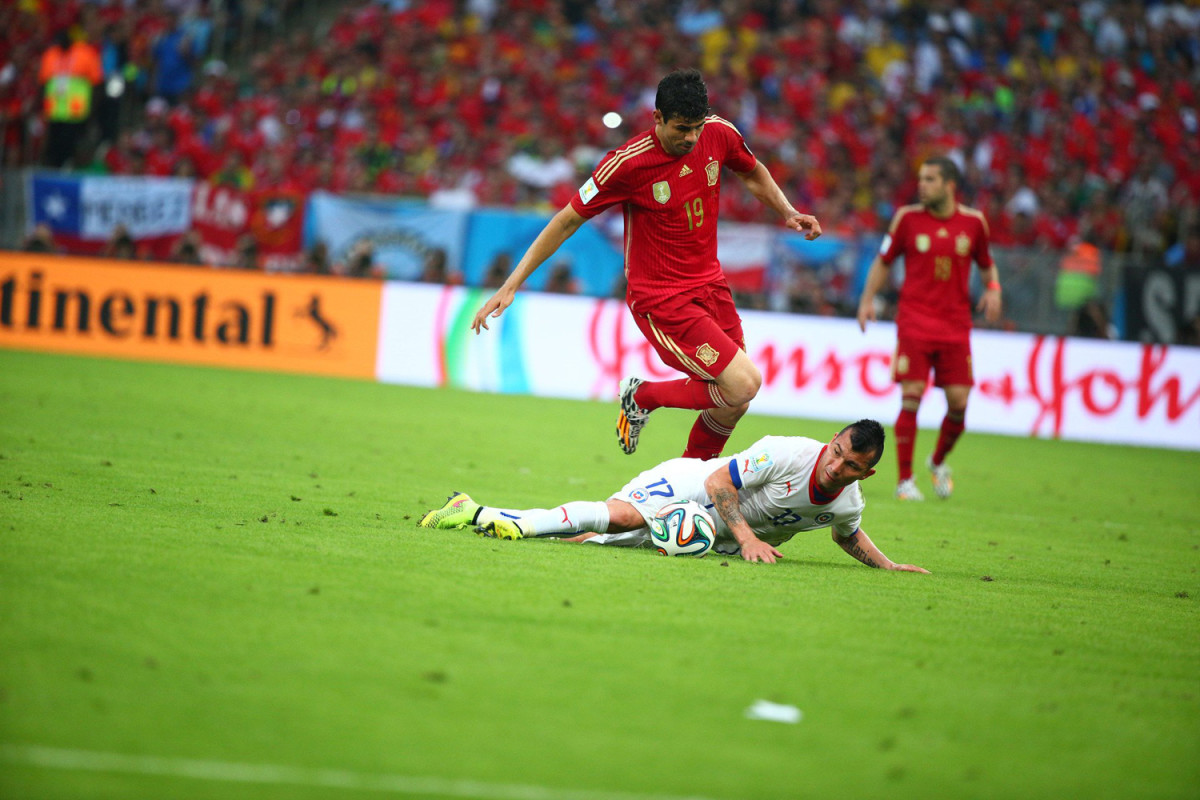
Viagem Brazil: Greg Bishop and Simon Bruty's Travel Guide to the Other Side of the World Cup. (Photos by Simon Bruty/SI)
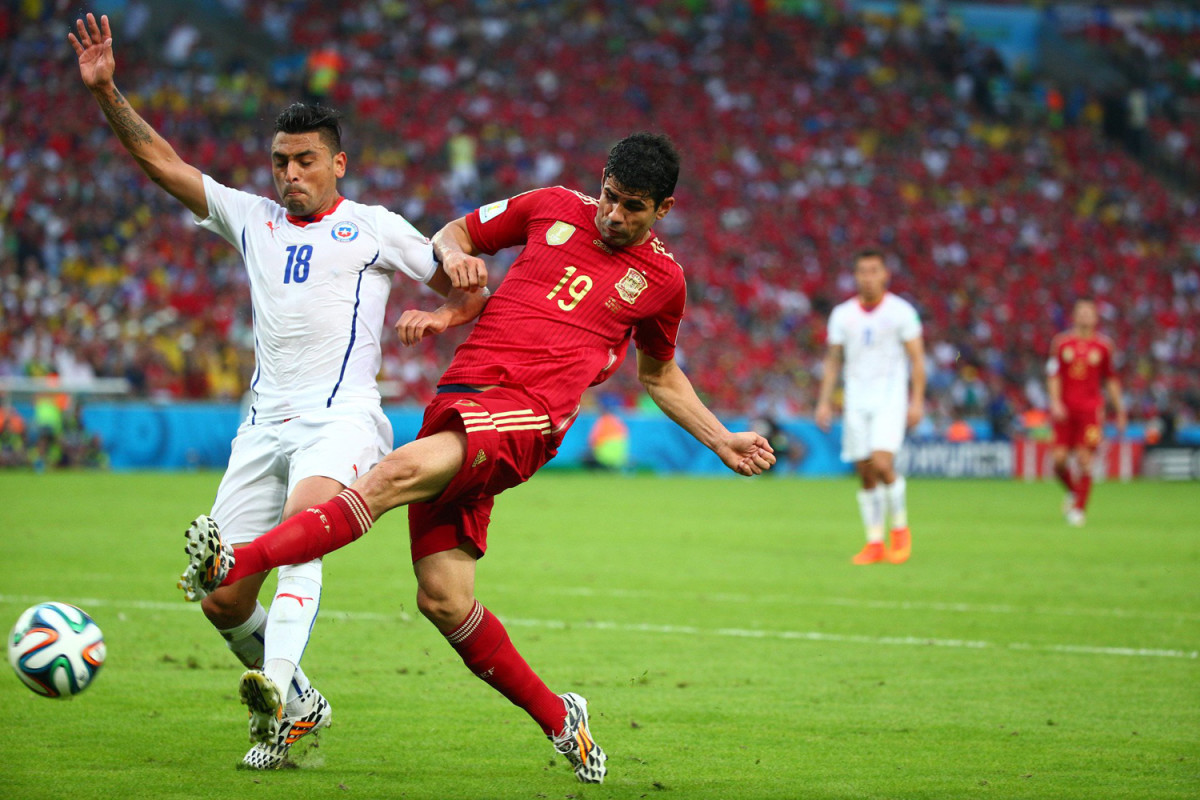
Viagem Brazil: Greg Bishop and Simon Bruty's Travel Guide to the Other Side of the World Cup. (Photos by Simon Bruty/SI)
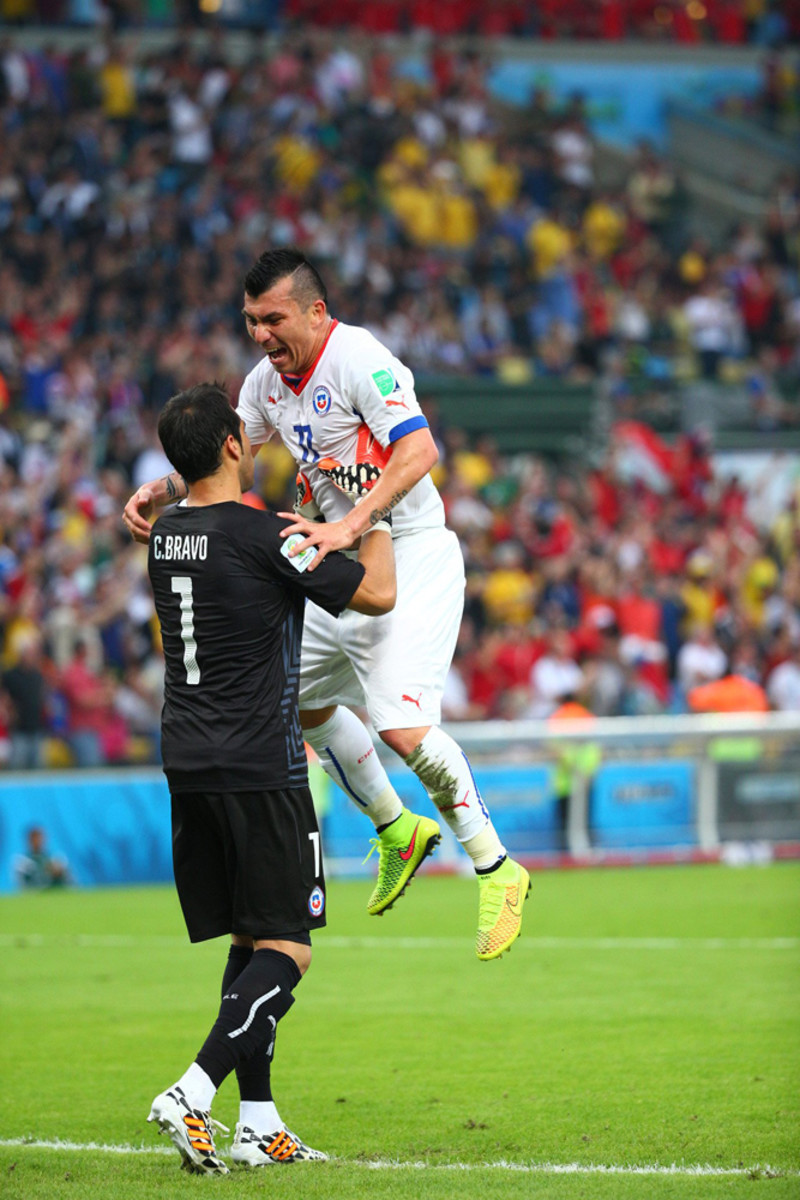
Viagem Brazil: Greg Bishop and Simon Bruty's Travel Guide to the Other Side of the World Cup. (Photos by Simon Bruty/SI)
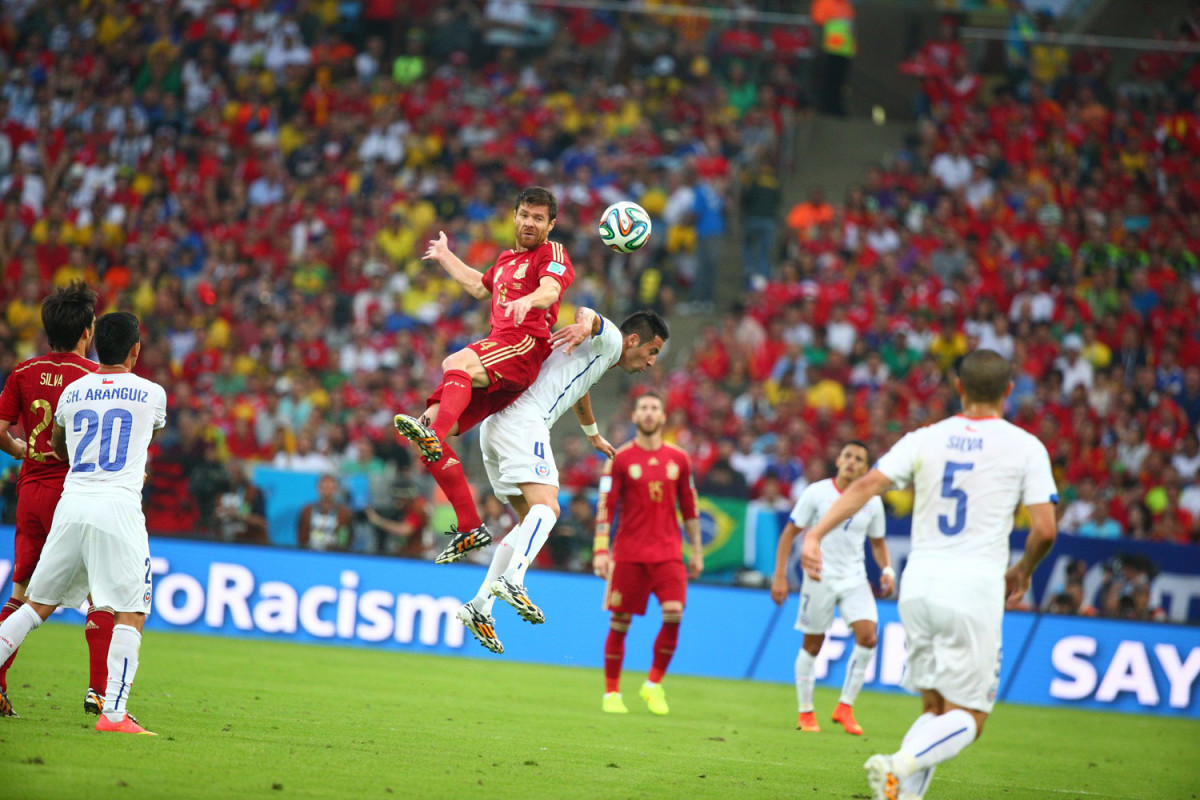
Viagem Brazil: Greg Bishop and Simon Bruty's Travel Guide to the Other Side of the World Cup. (Photos by Simon Bruty/SI)
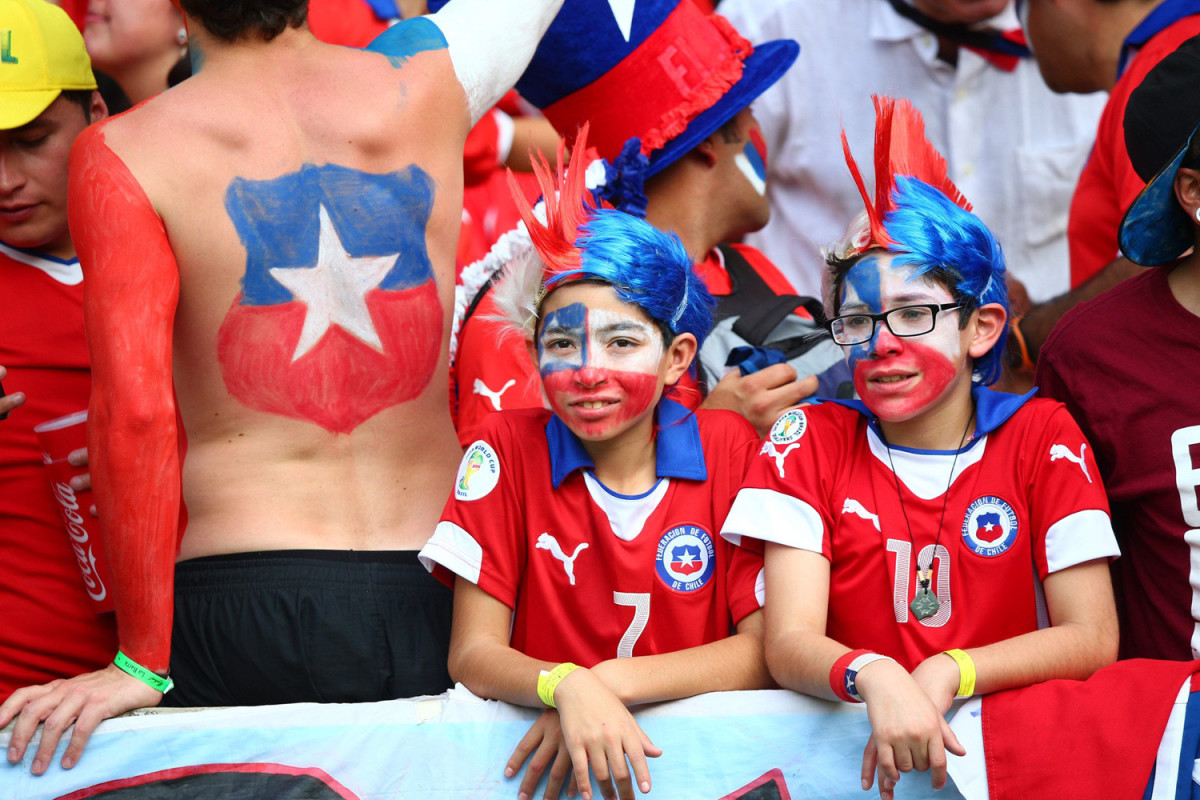
Viagem Brazil: Greg Bishop and Simon Bruty's Travel Guide to the Other Side of the World Cup. (Photos by Simon Bruty/SI)
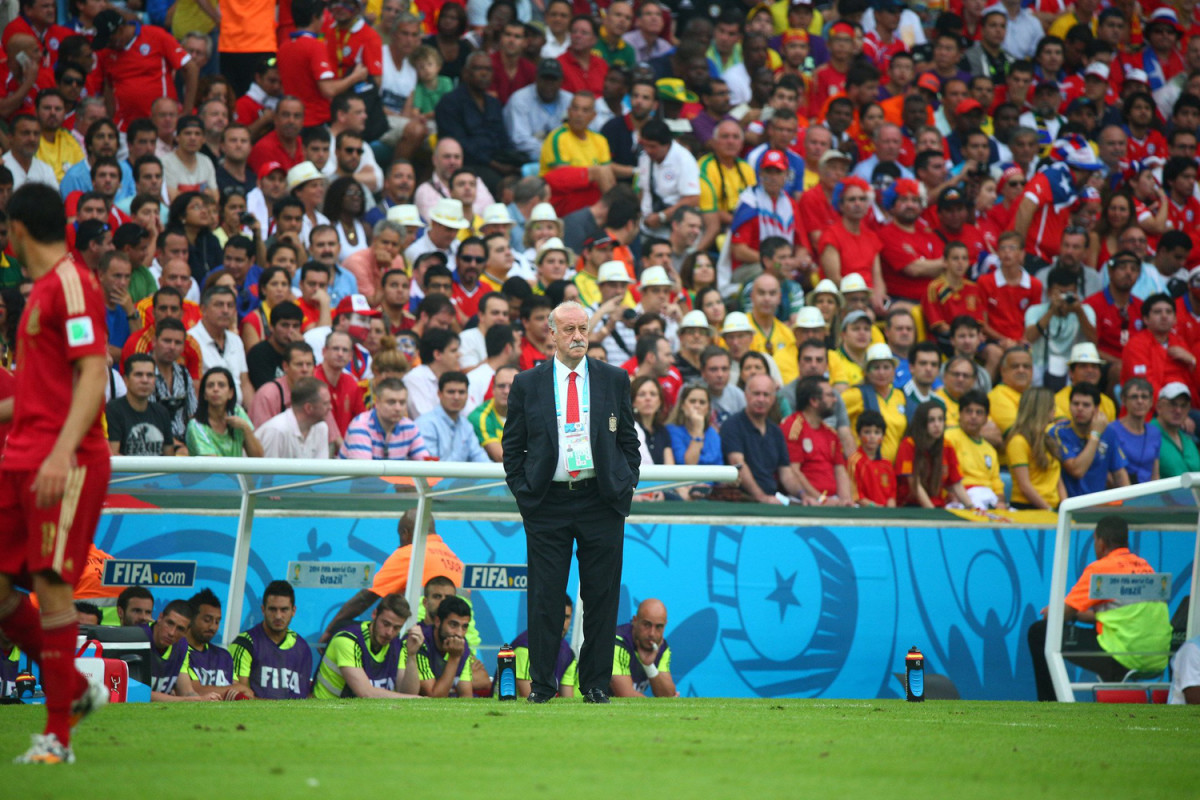
Viagem Brazil: Greg Bishop and Simon Bruty's Travel Guide to the Other Side of the World Cup. (Photos by Simon Bruty/SI)
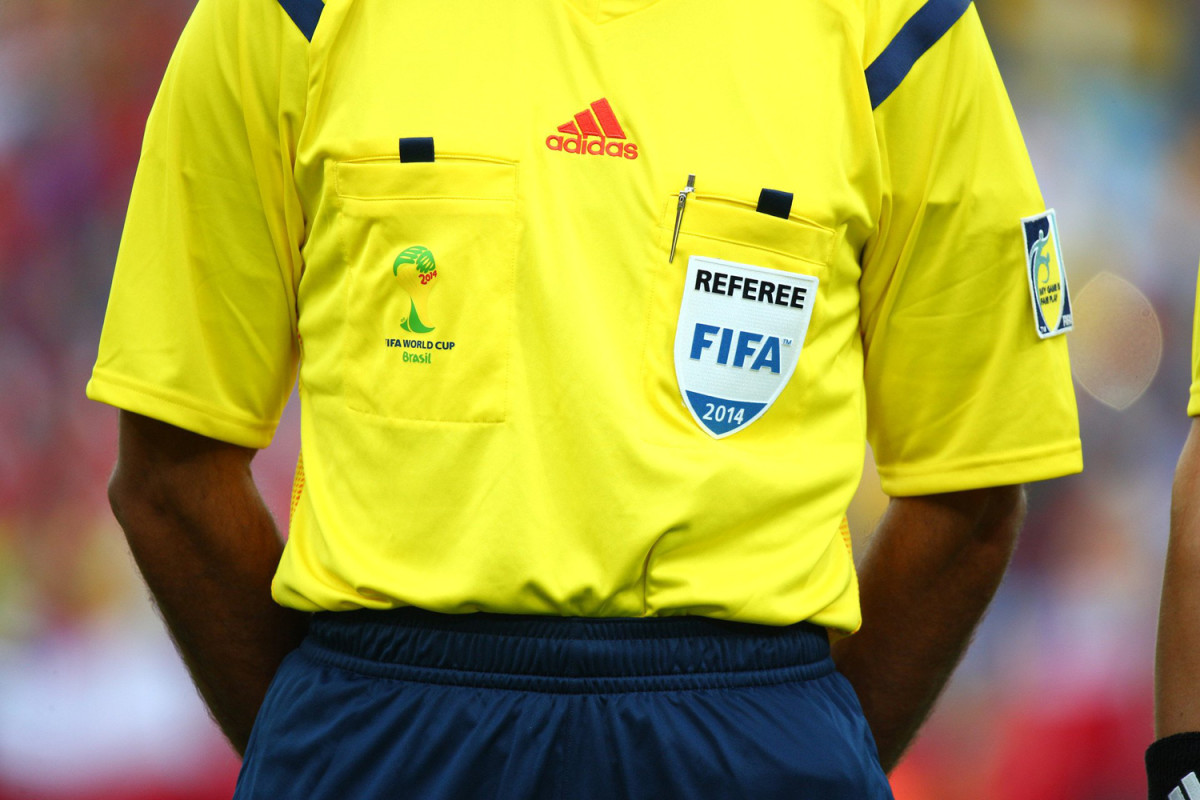
Viagem Brazil: Greg Bishop and Simon Bruty's Travel Guide to the Other Side of the World Cup. (Photos by Simon Bruty/SI)
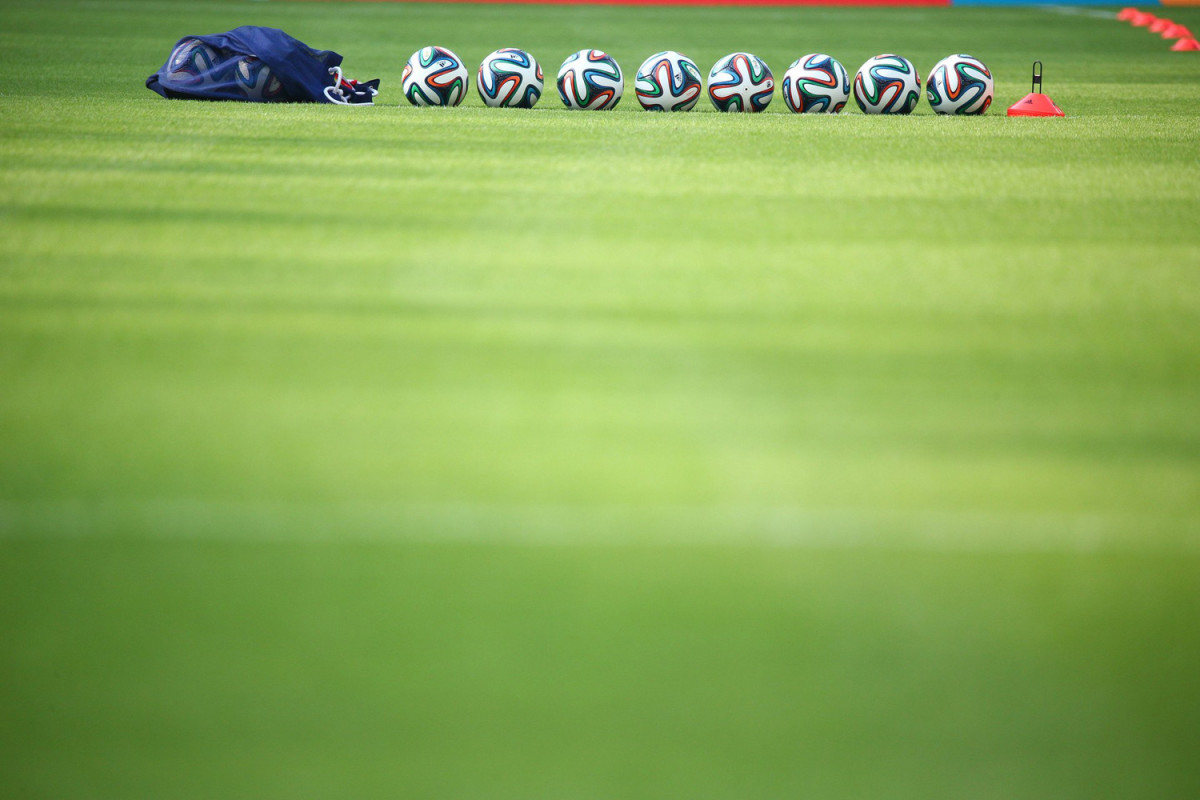
Viagem Brazil: Greg Bishop and Simon Bruty's Travel Guide to the Other Side of the World Cup. (Photos by Simon Bruty/SI)
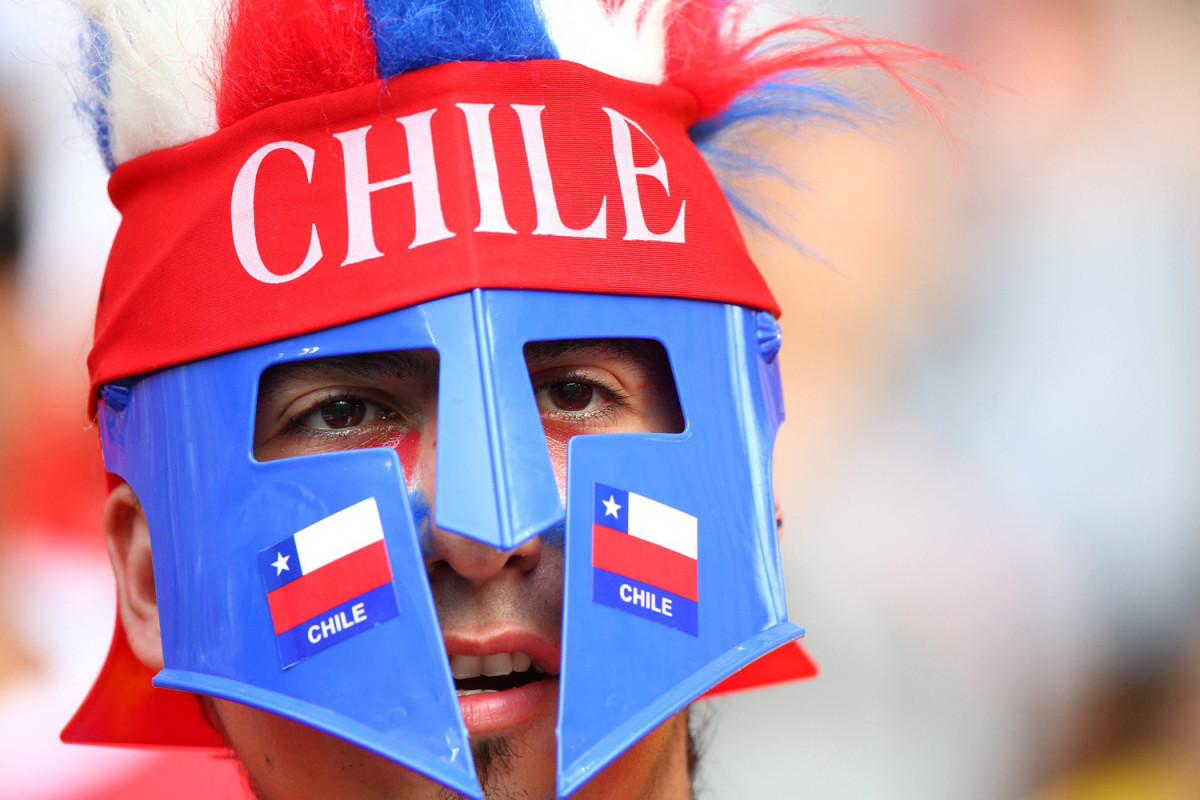
Viagem Brazil: Greg Bishop and Simon Bruty's Travel Guide to the Other Side of the World Cup. (Photos by Simon Bruty/SI)
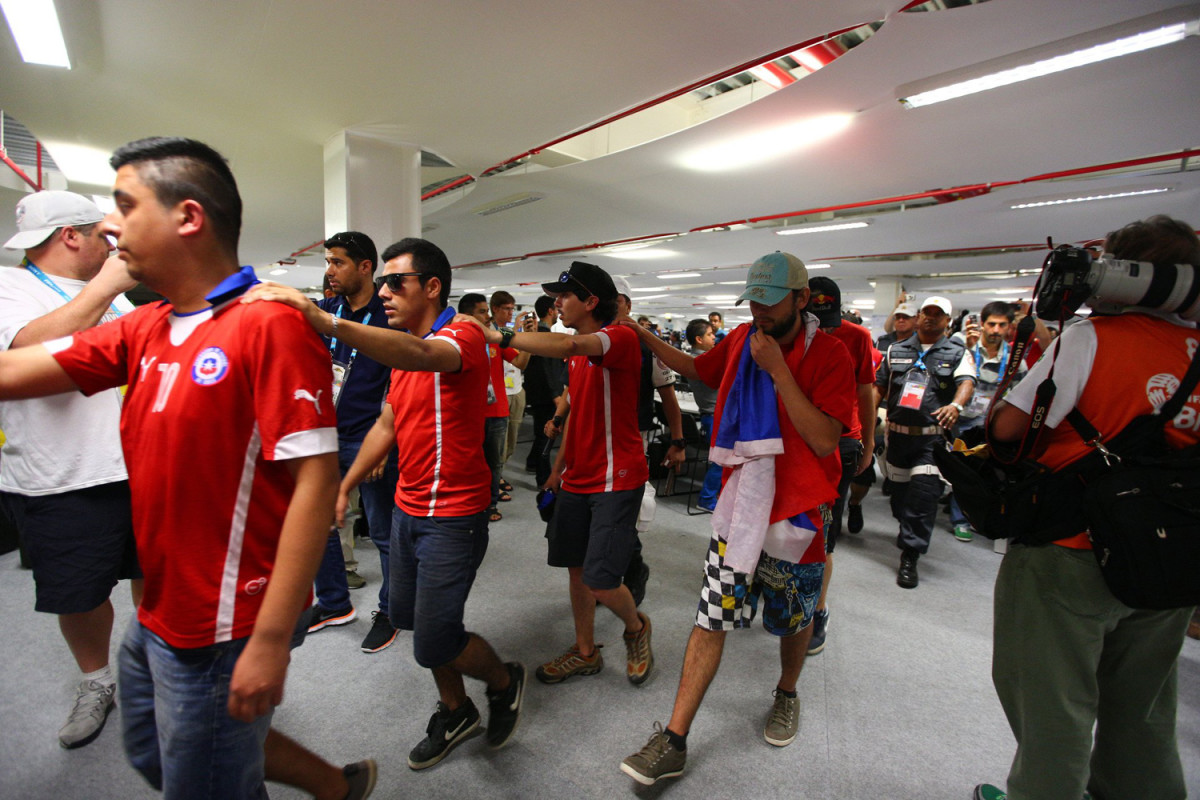
Viagem Brazil: Greg Bishop and Simon Bruty's Travel Guide to the Other Side of the World Cup. (Photos by Simon Bruty/SI)
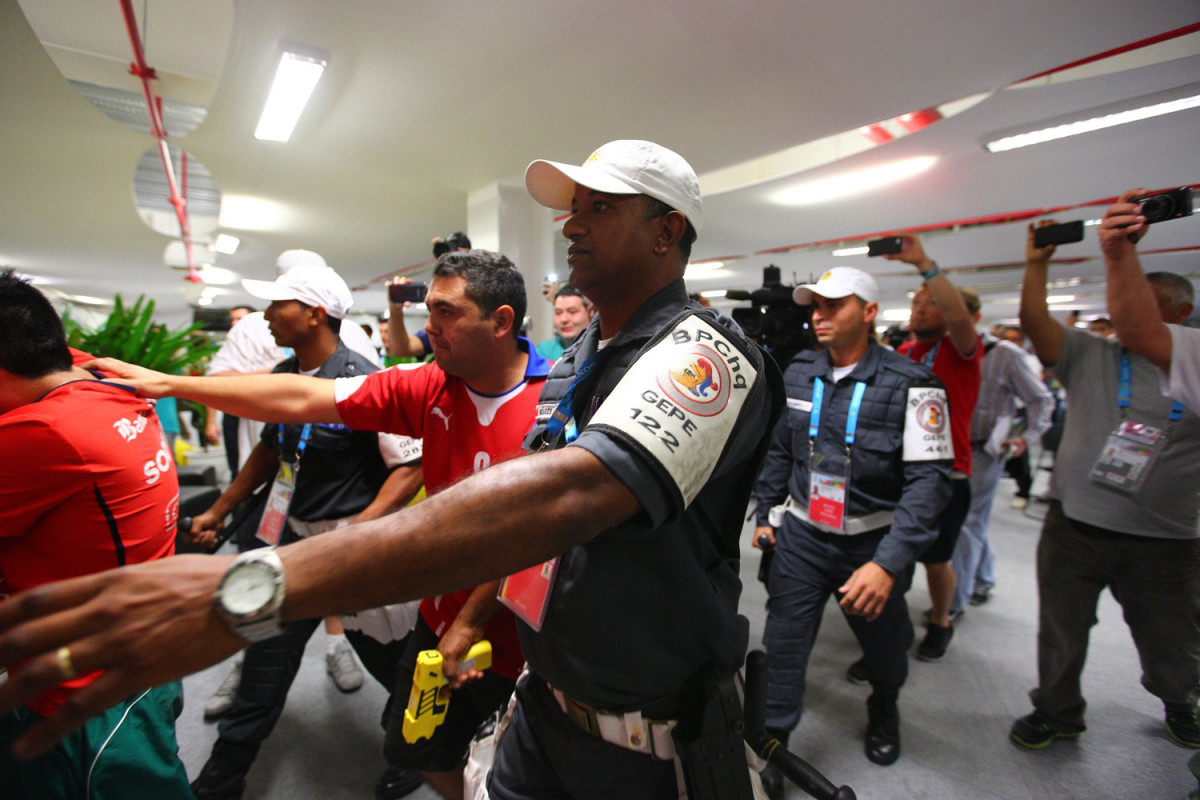
Viagem Brazil: Greg Bishop and Simon Bruty's Travel Guide to the Other Side of the World Cup. (Photos by Simon Bruty/SI)
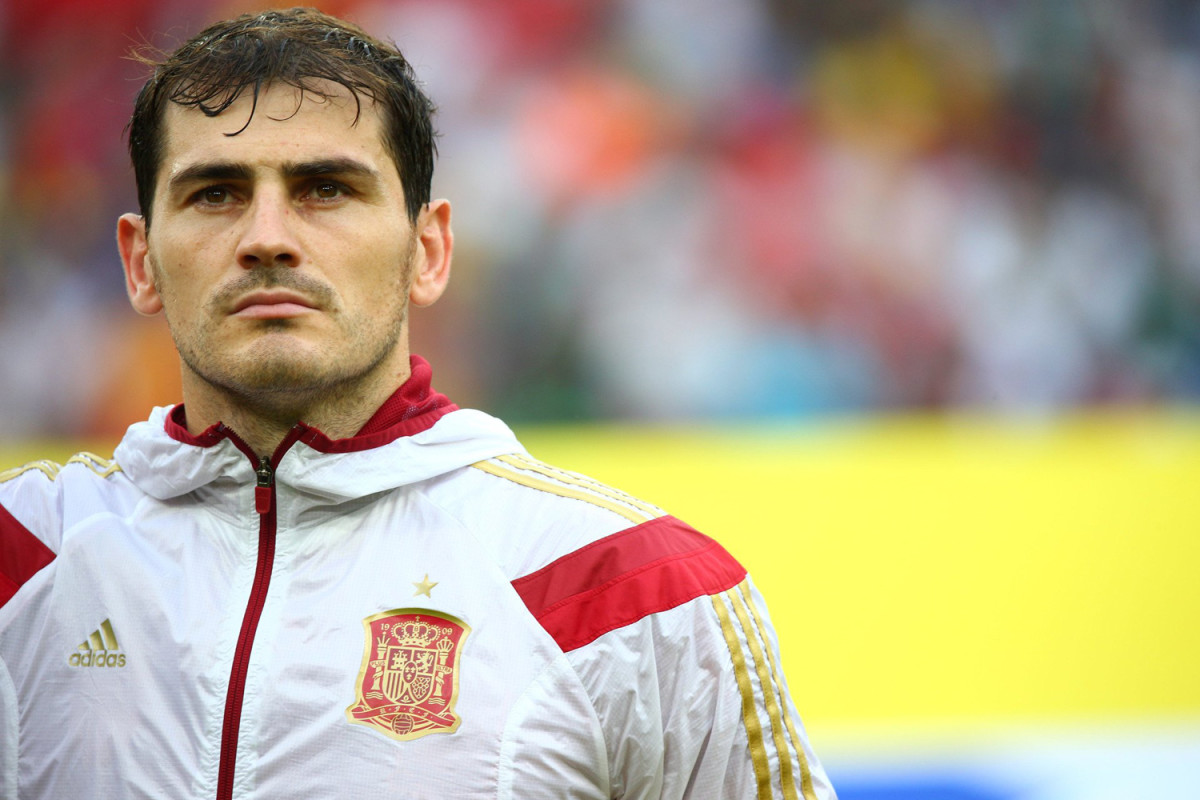
Viagem Brazil: Greg Bishop and Simon Bruty's Travel Guide to the Other Side of the World Cup. (Photos by Simon Bruty/SI)
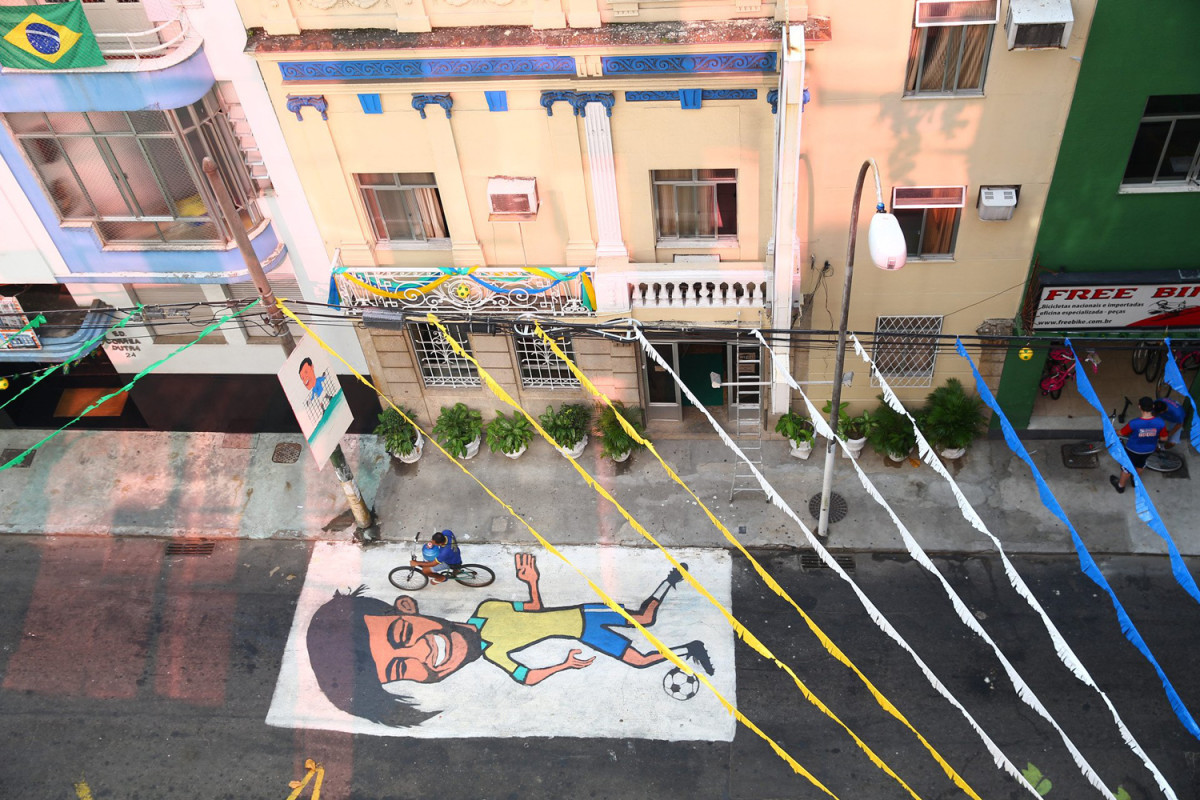
Viagem Brazil: Greg Bishop and Simon Bruty's Travel Guide to the Other Side of the World Cup. (Photos by Simon Bruty/SI)
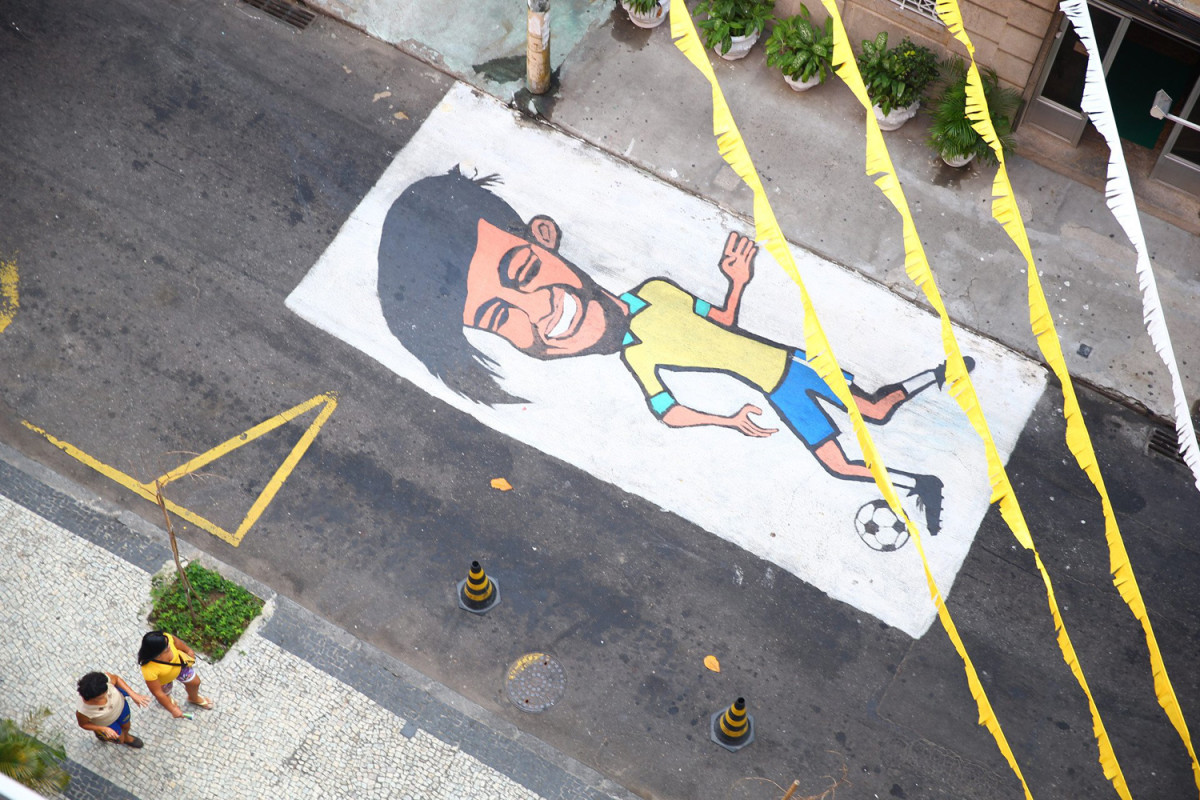
Viagem Brazil: Greg Bishop and Simon Bruty's Travel Guide to the Other Side of the World Cup. (Photos by Simon Bruty/SI)
